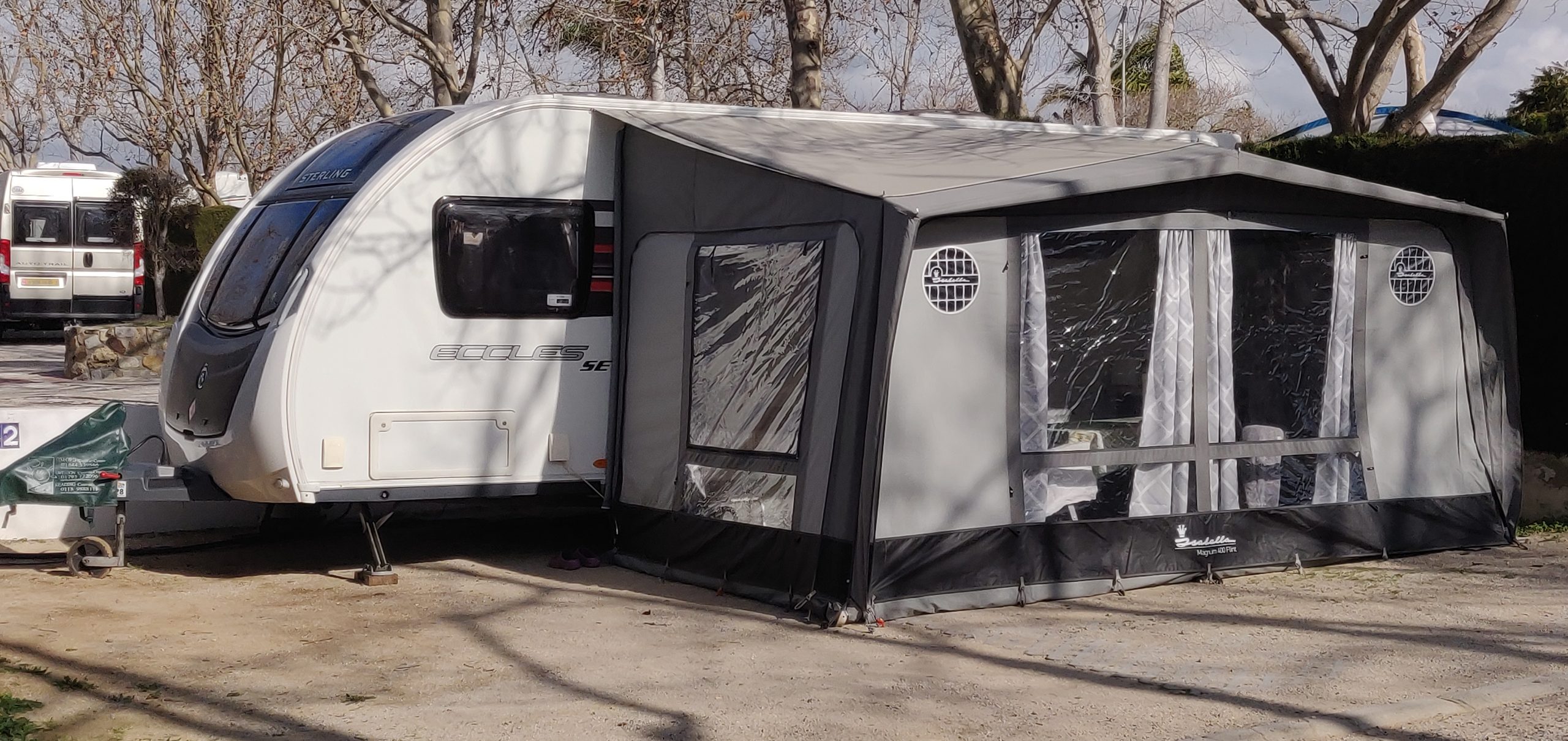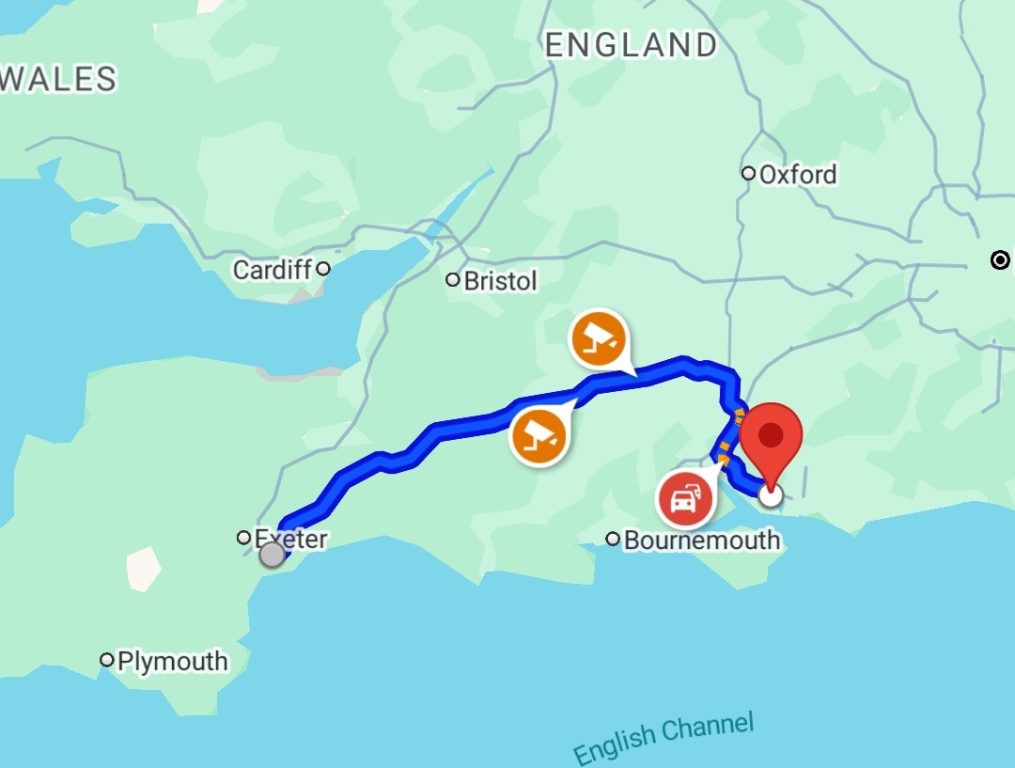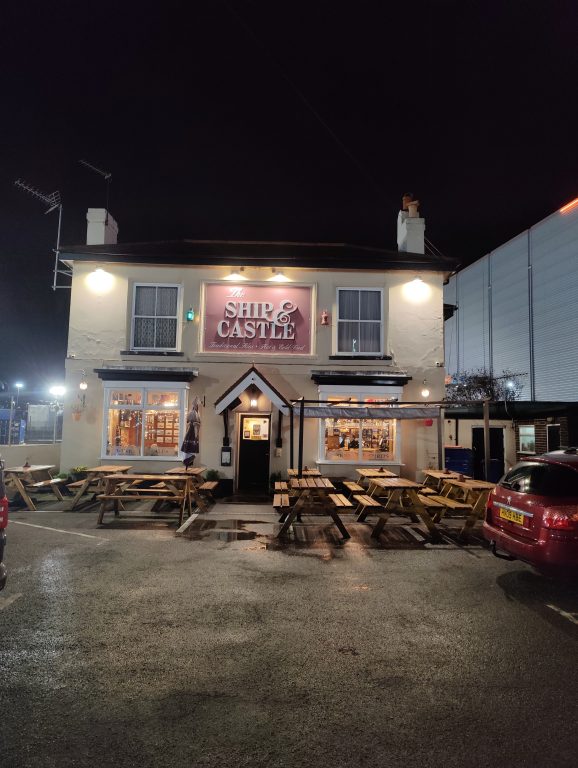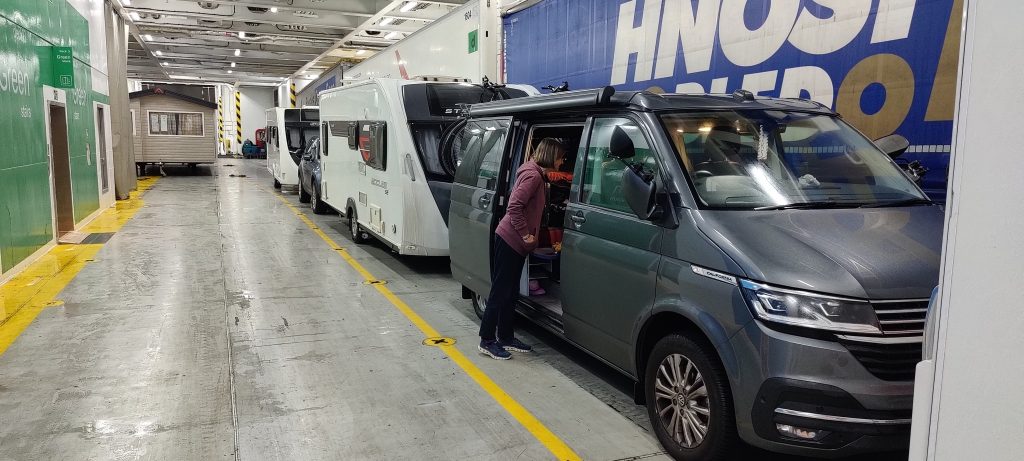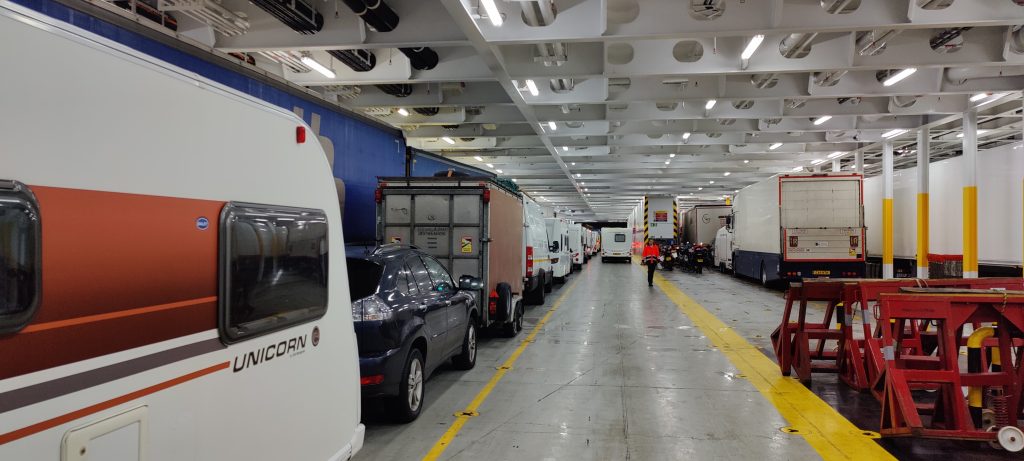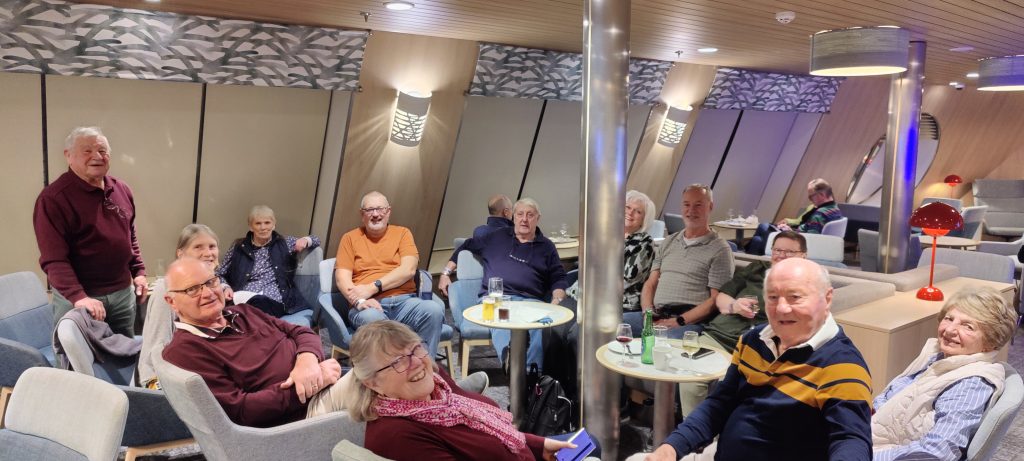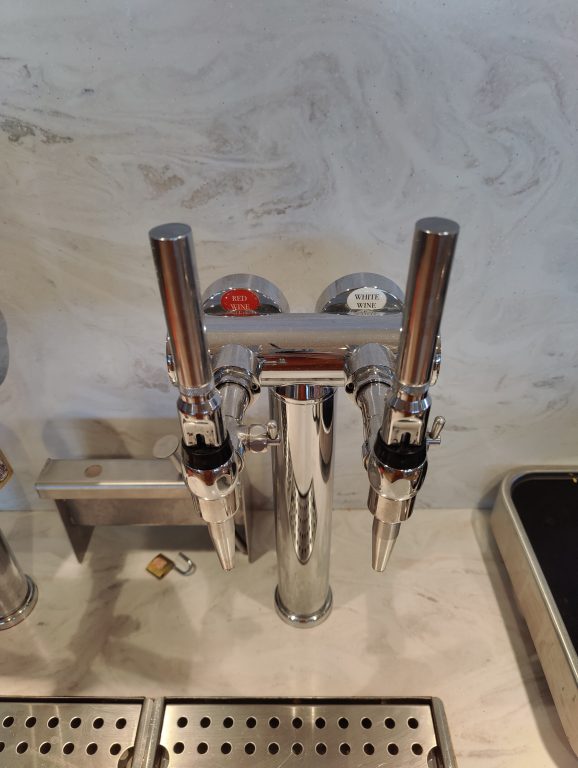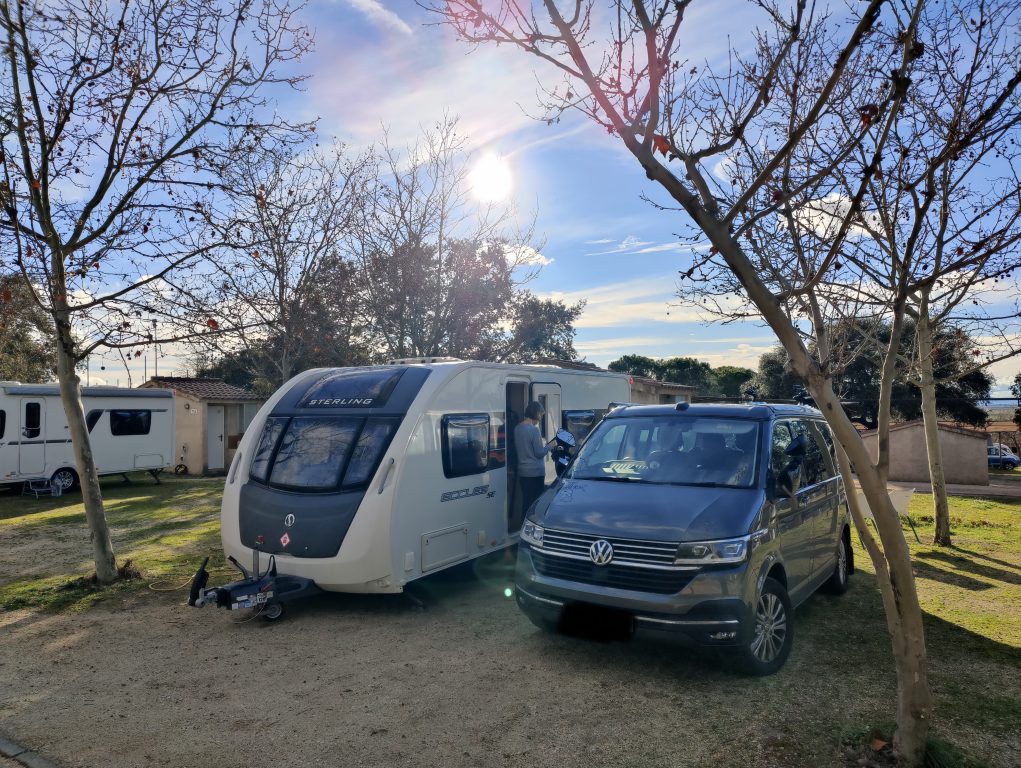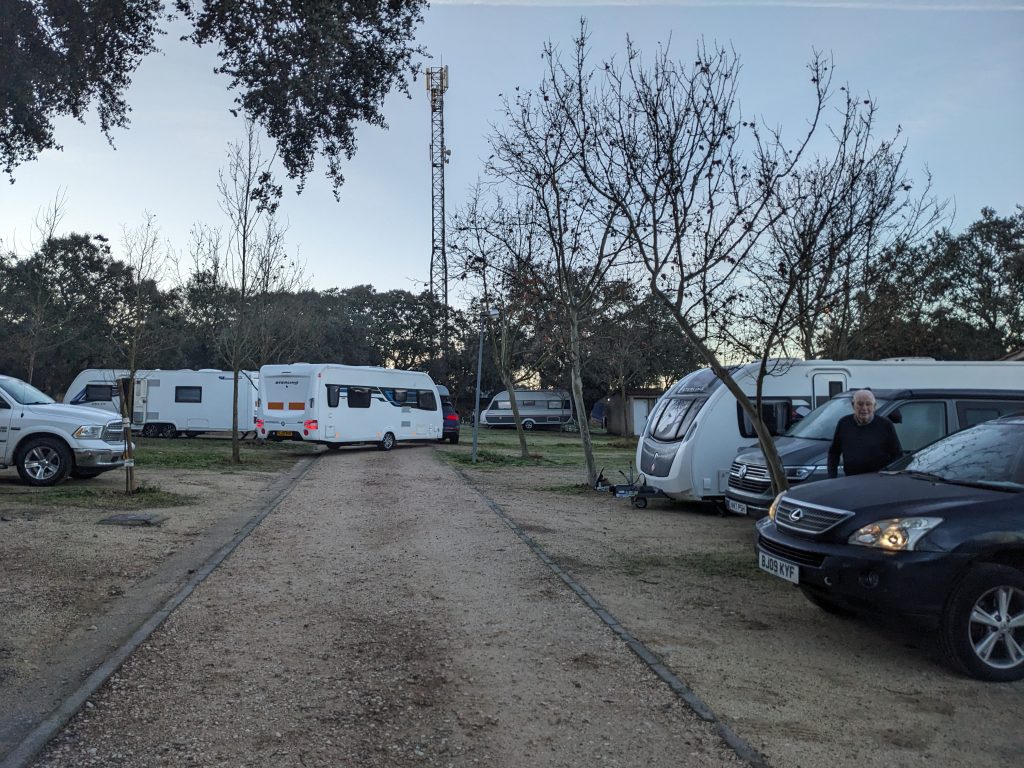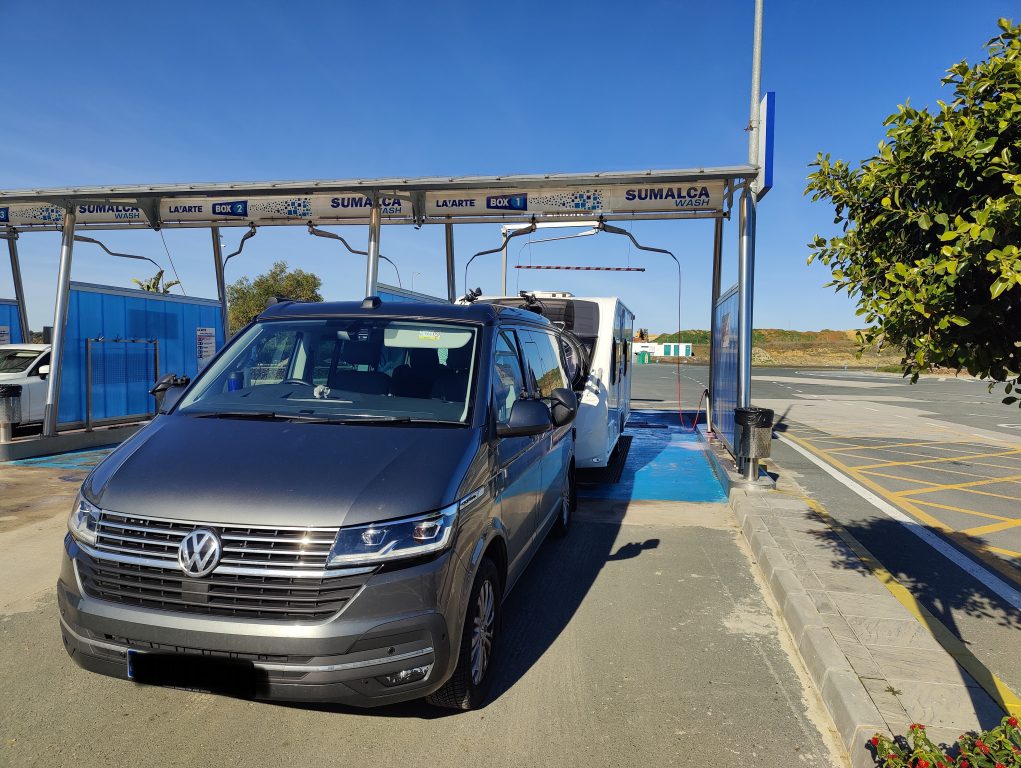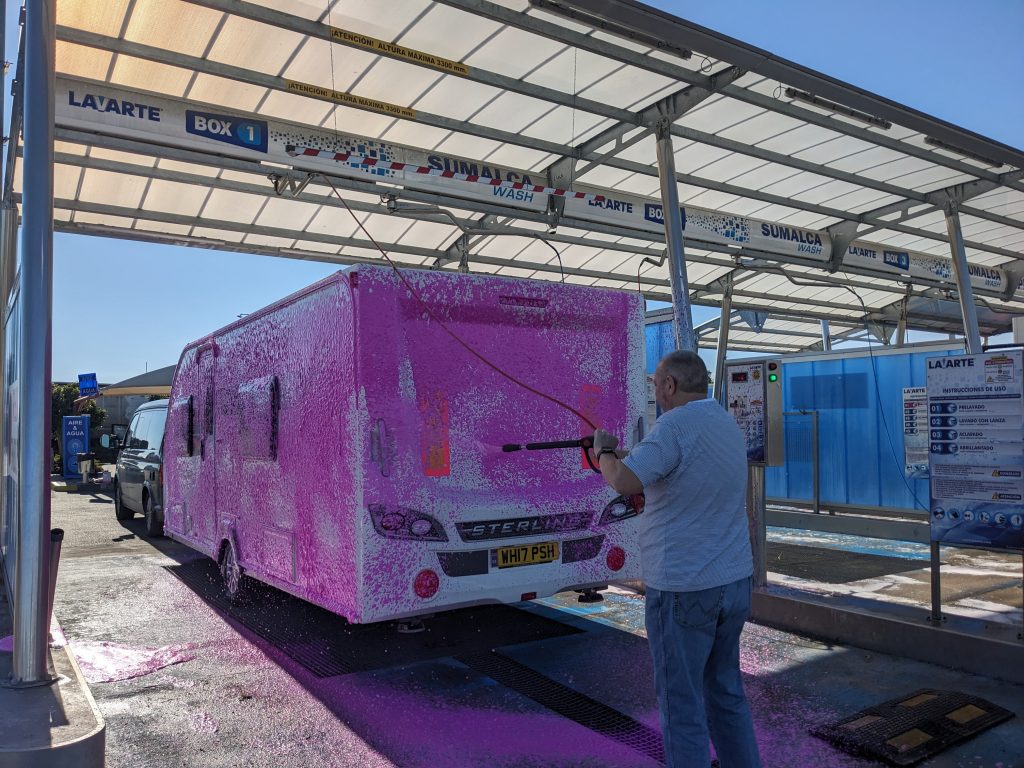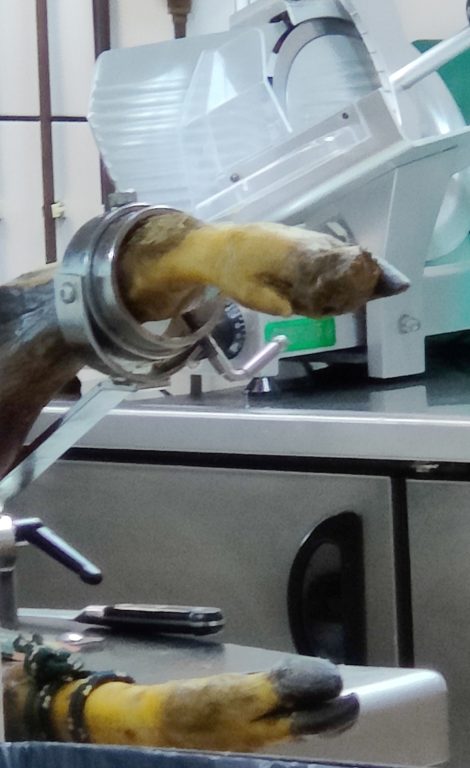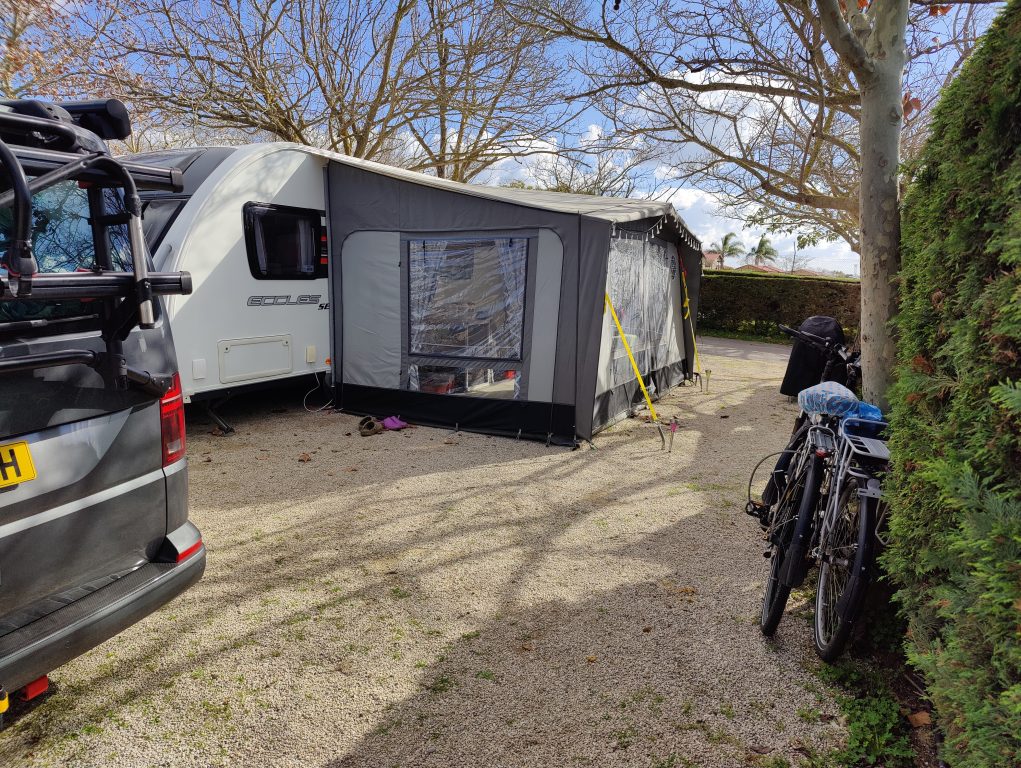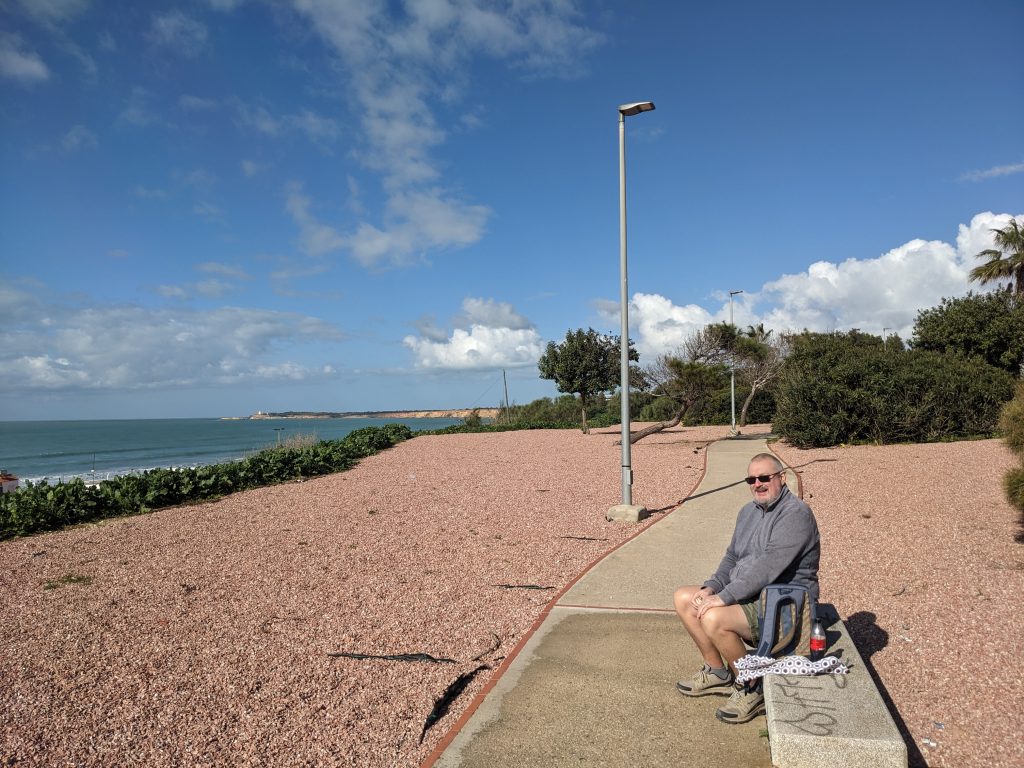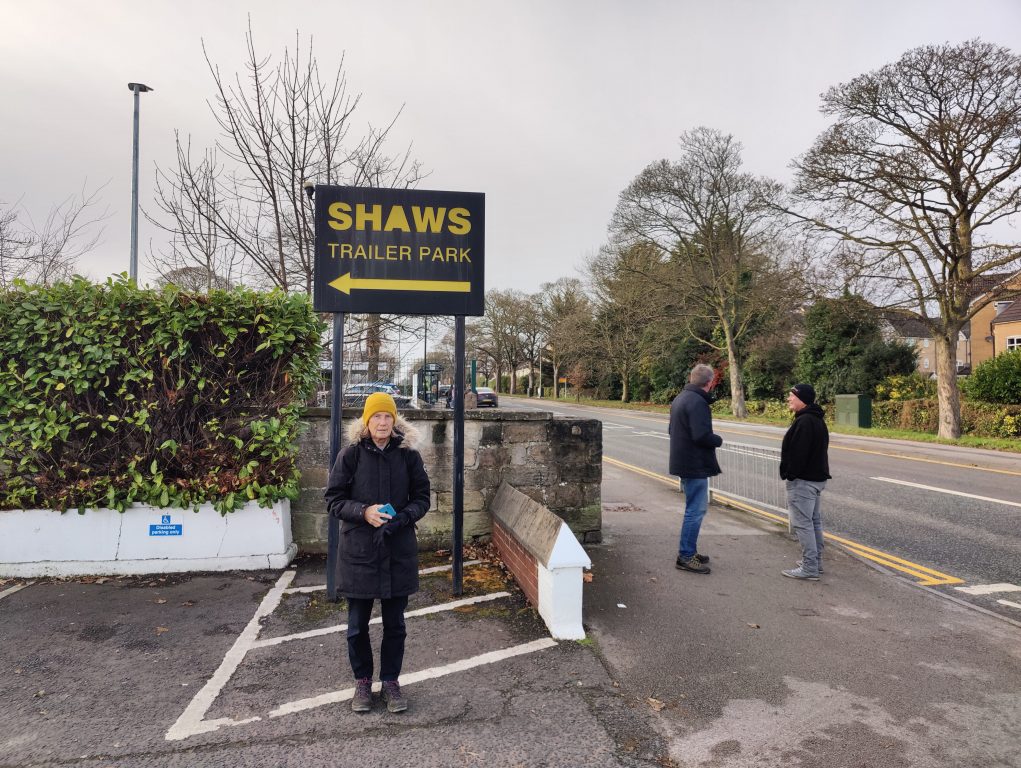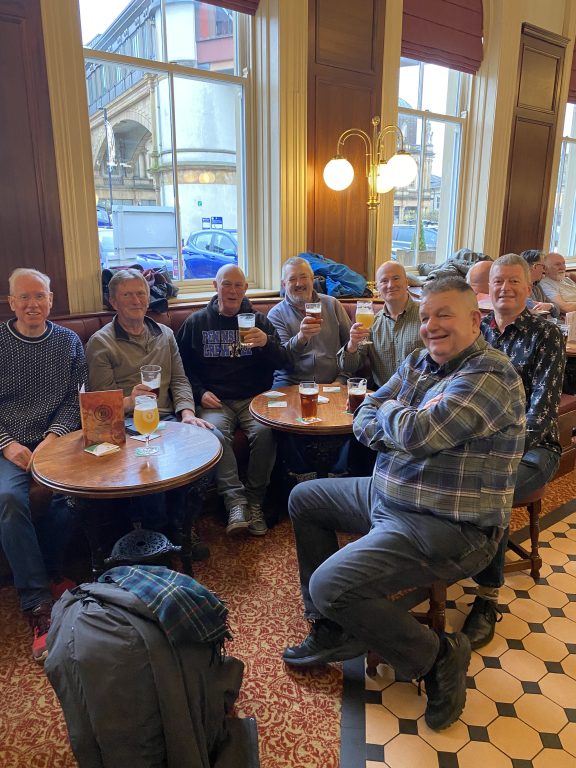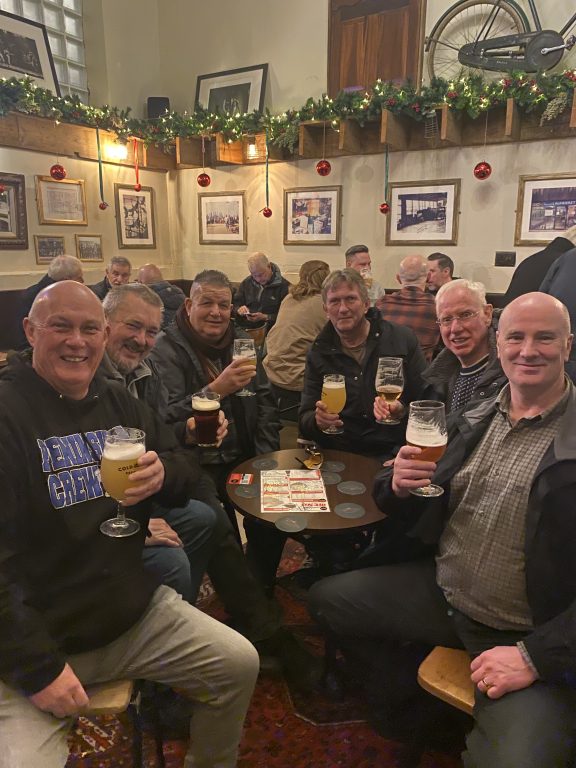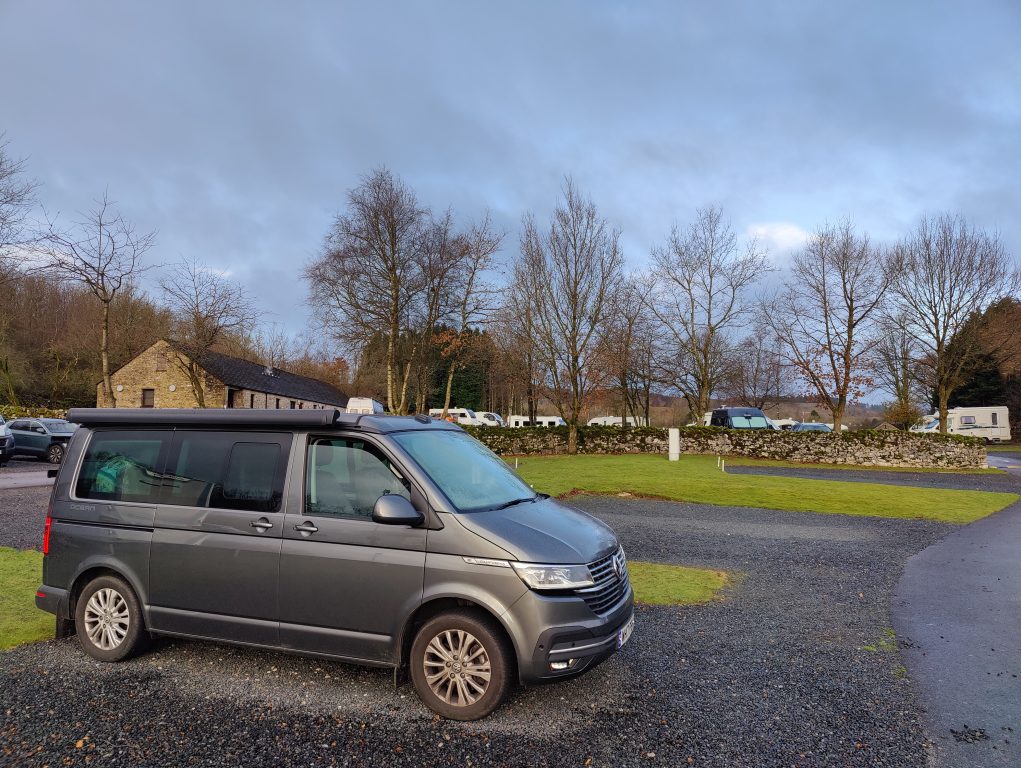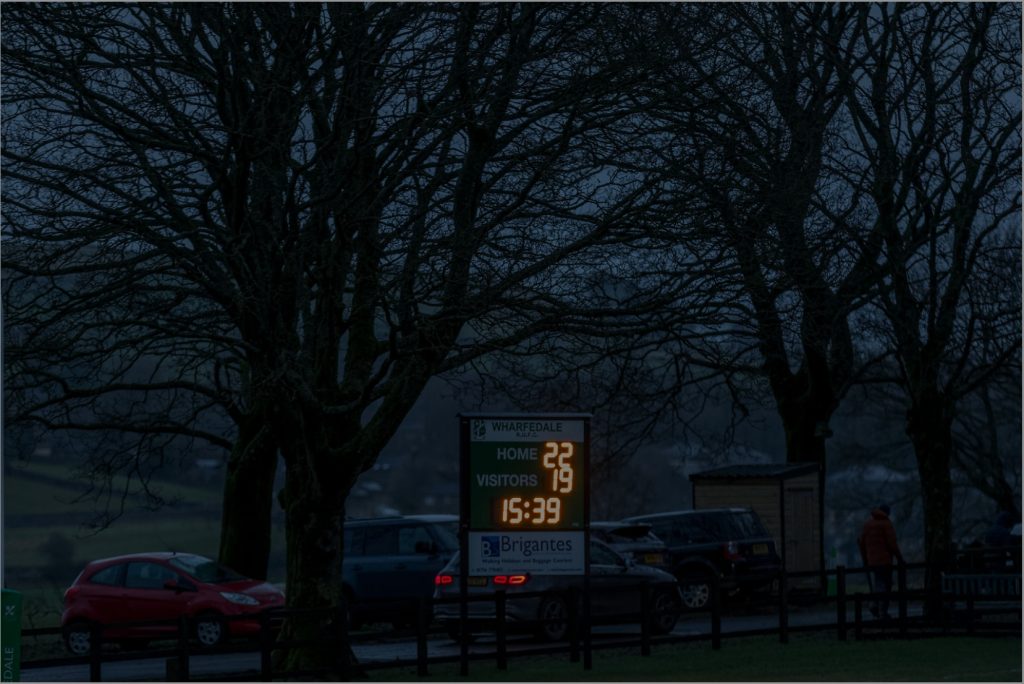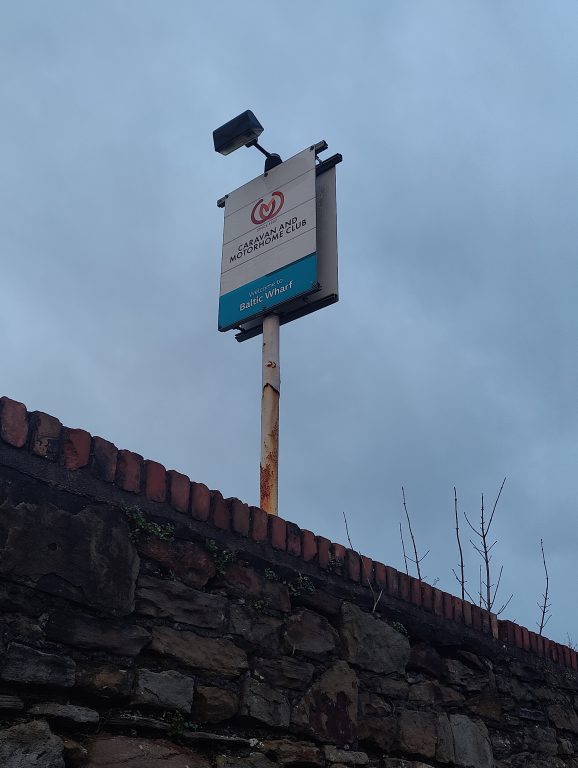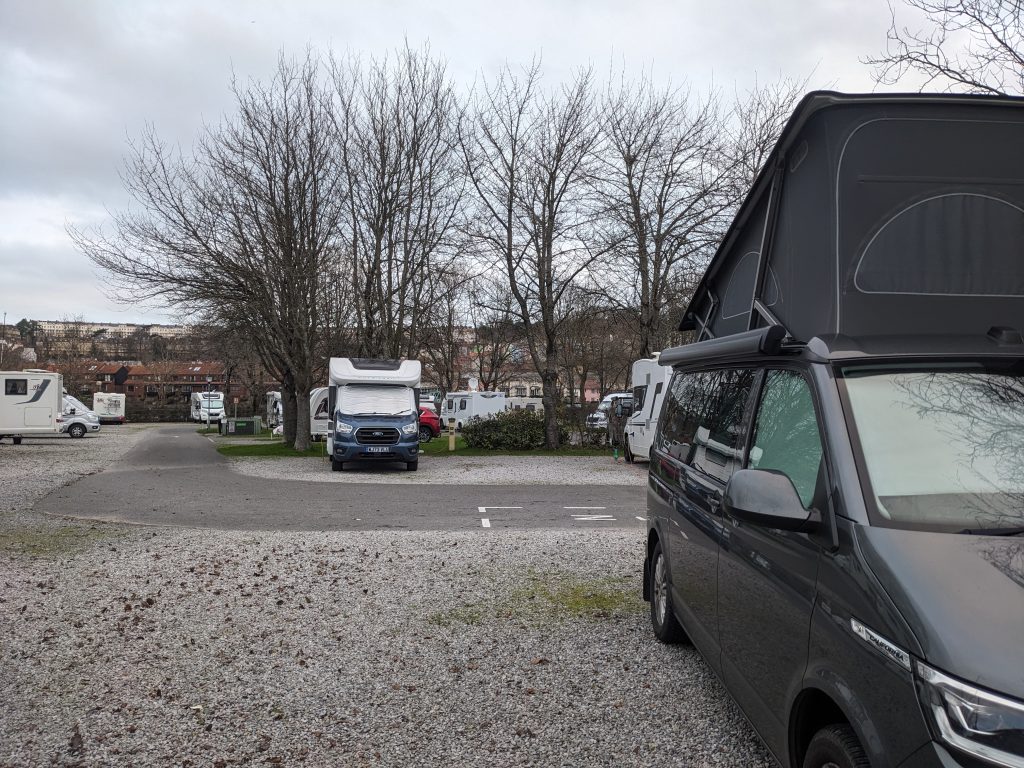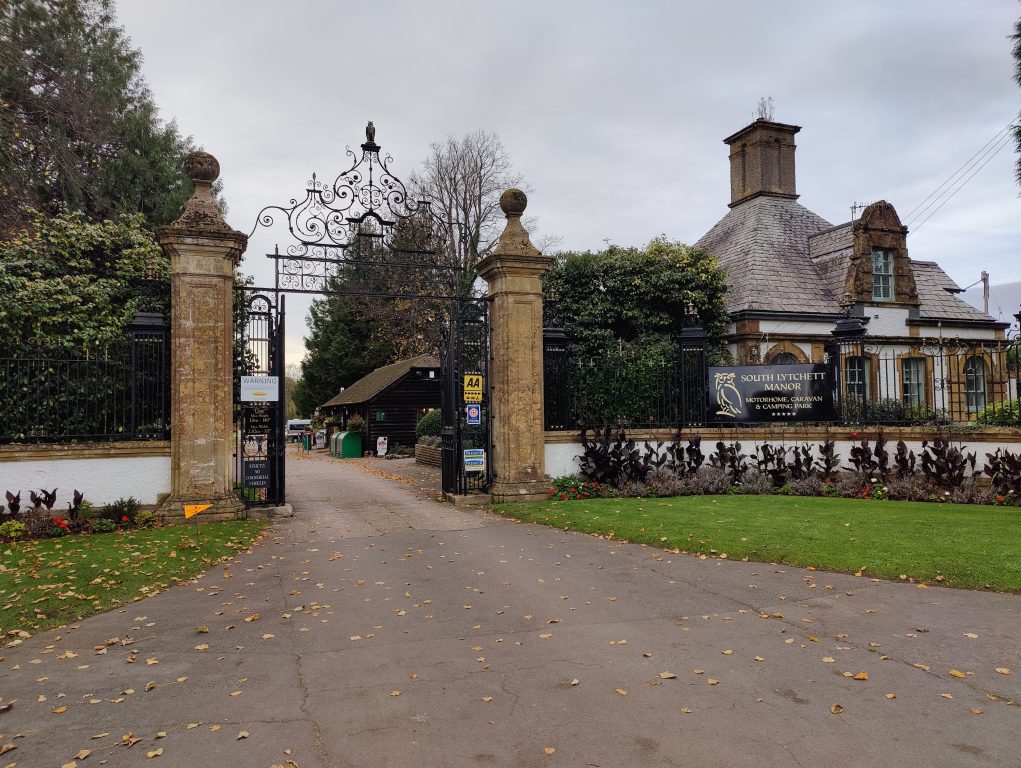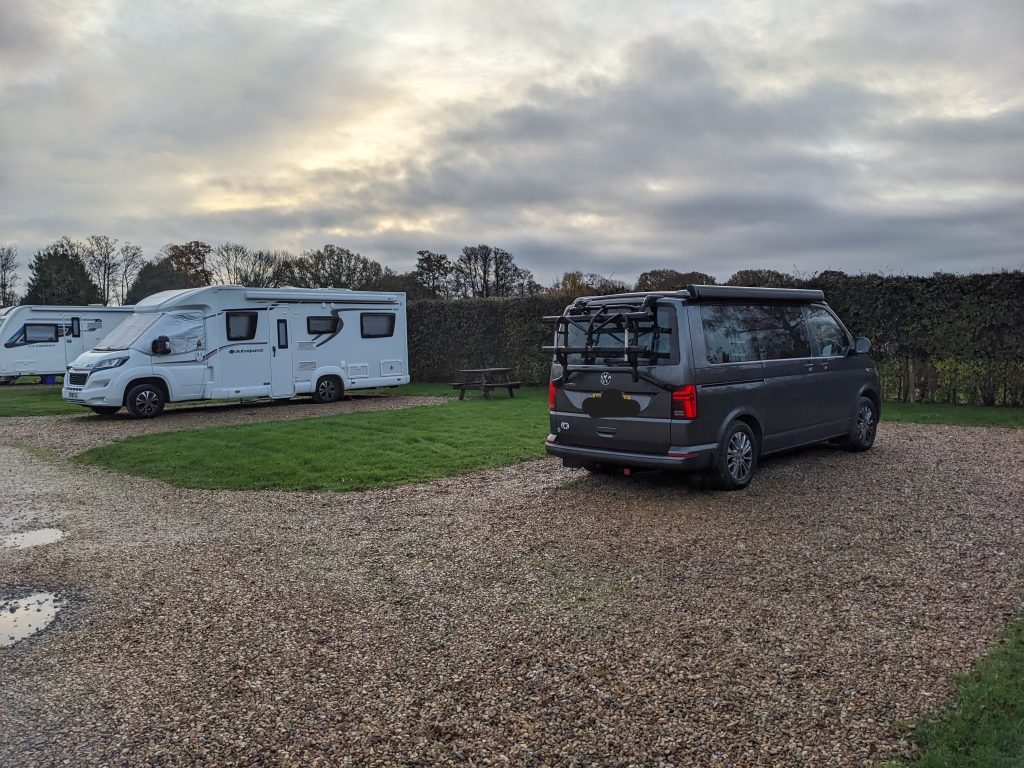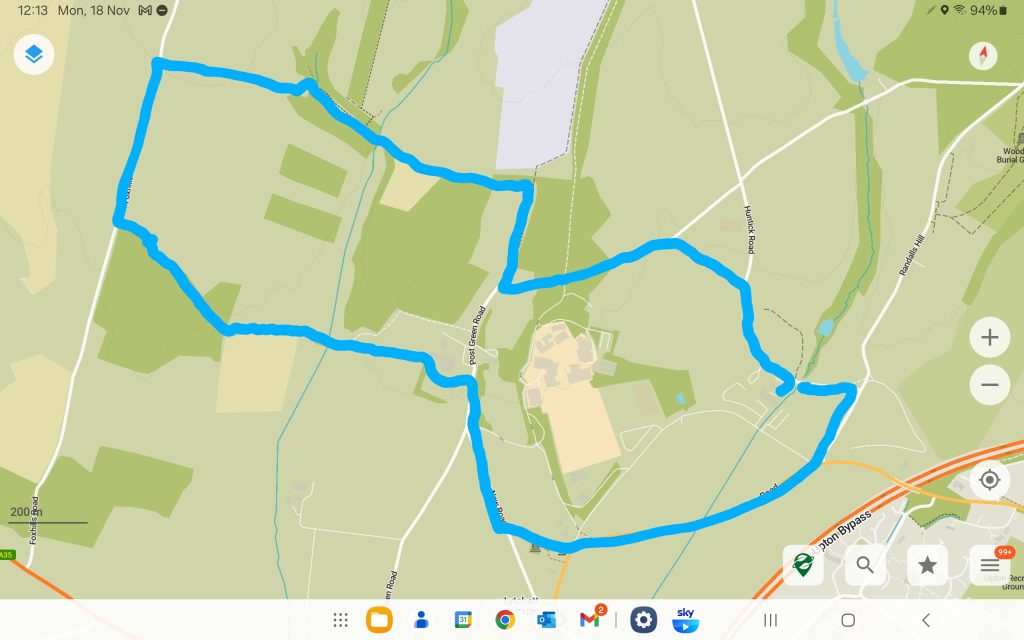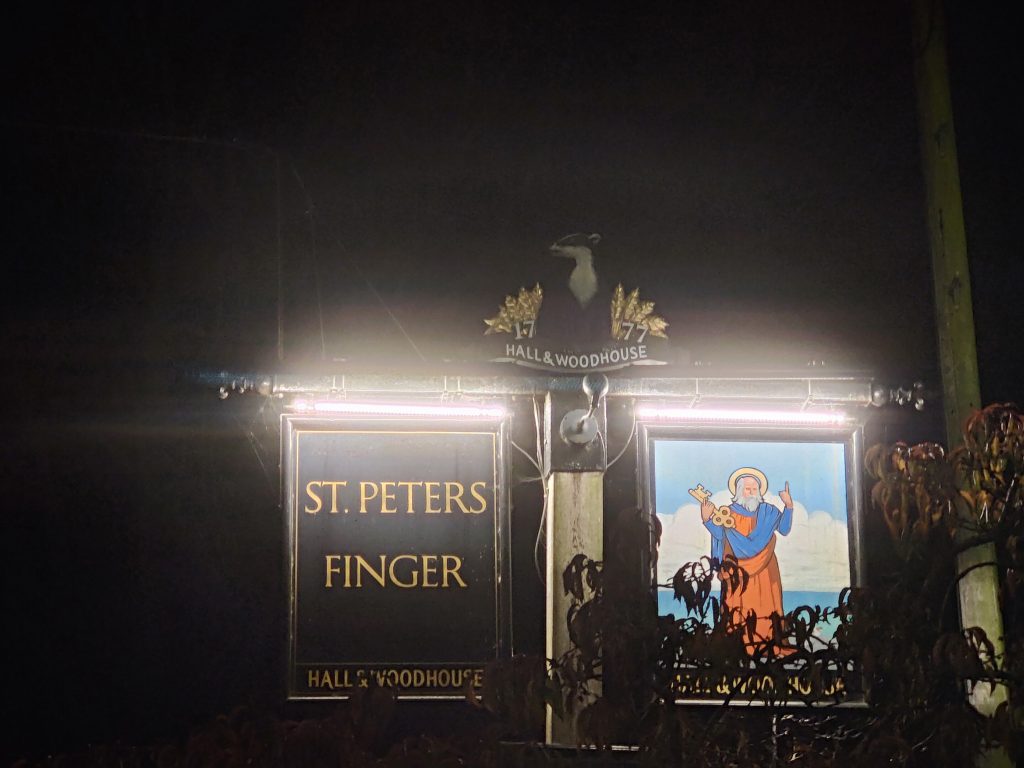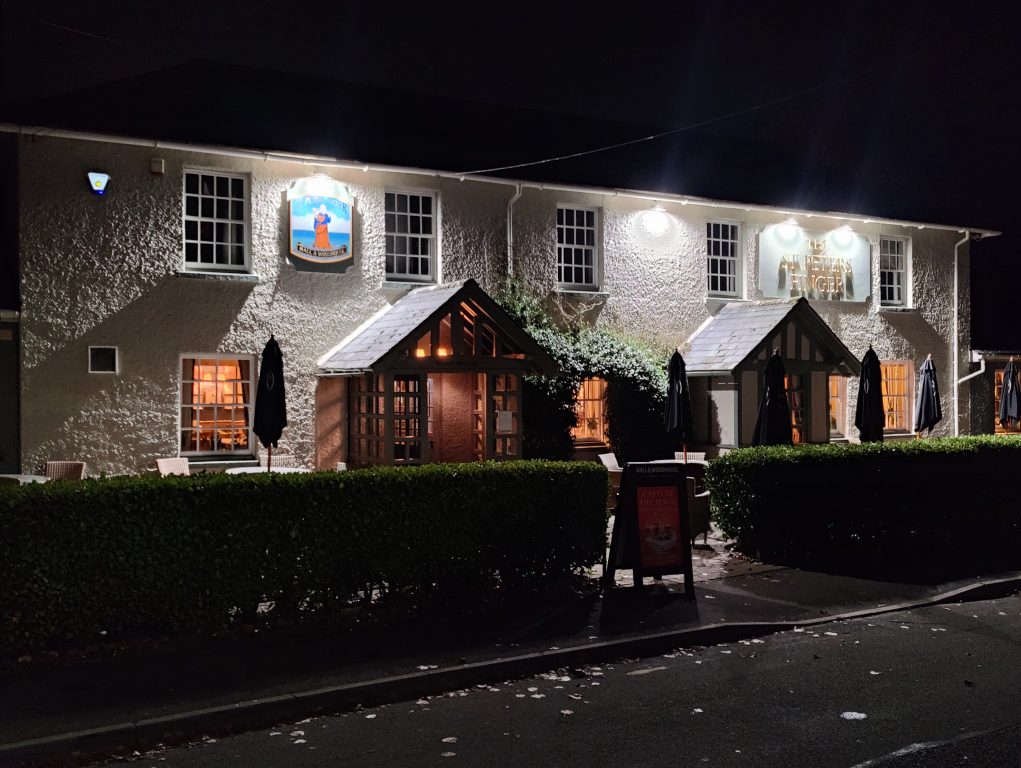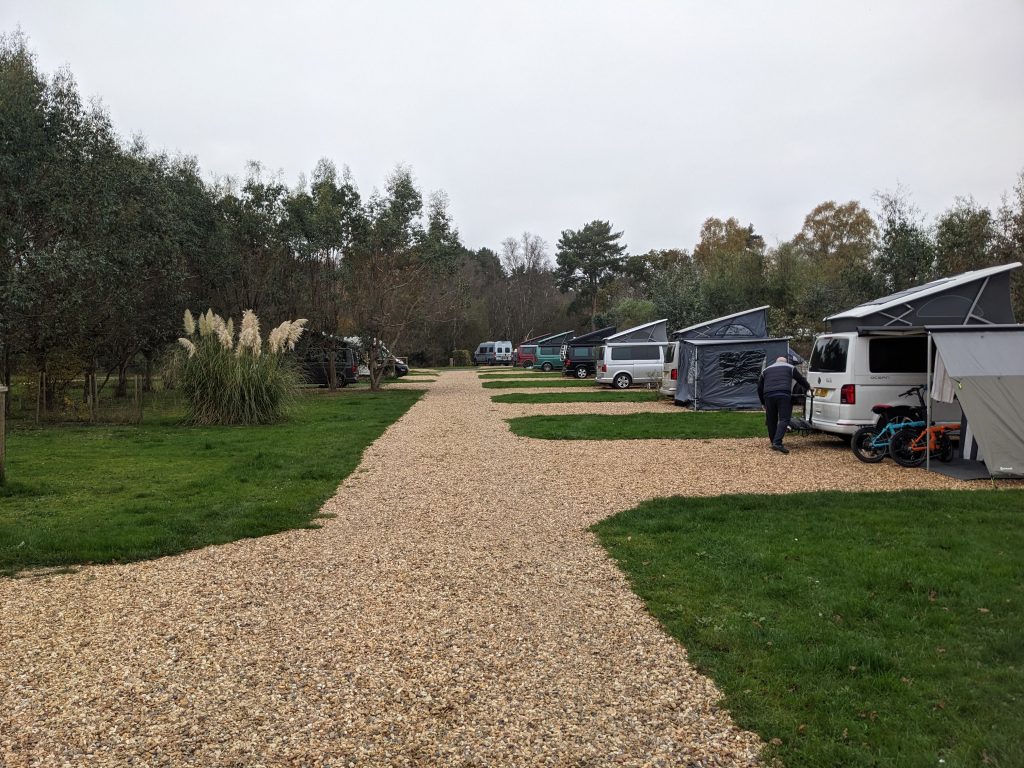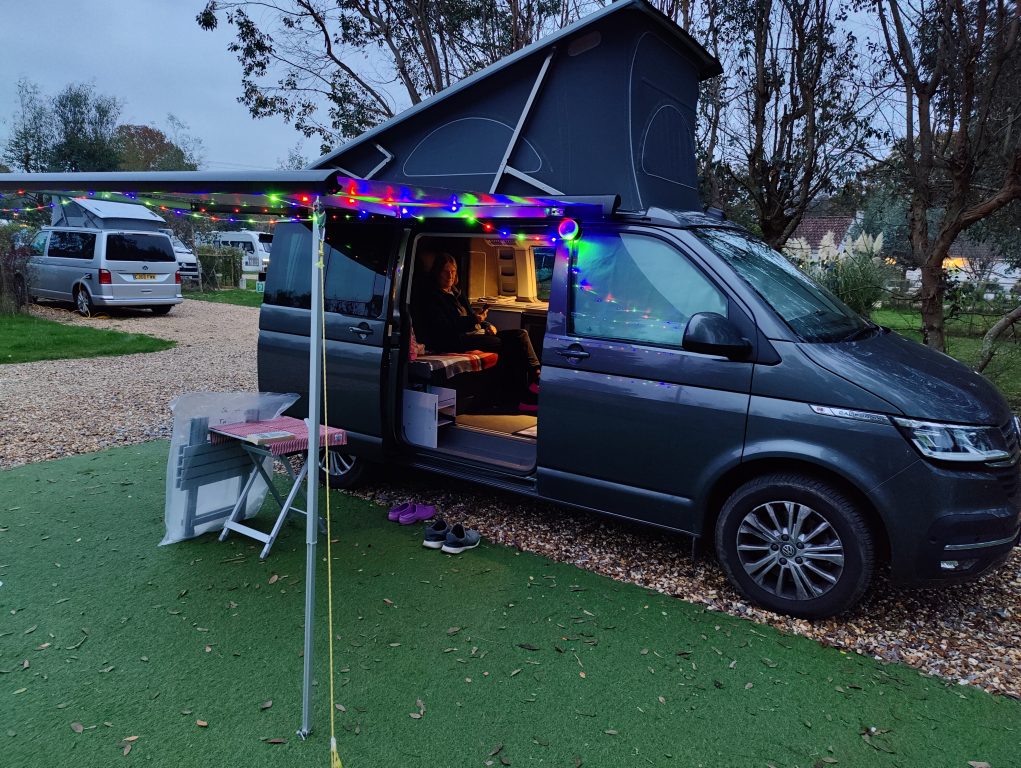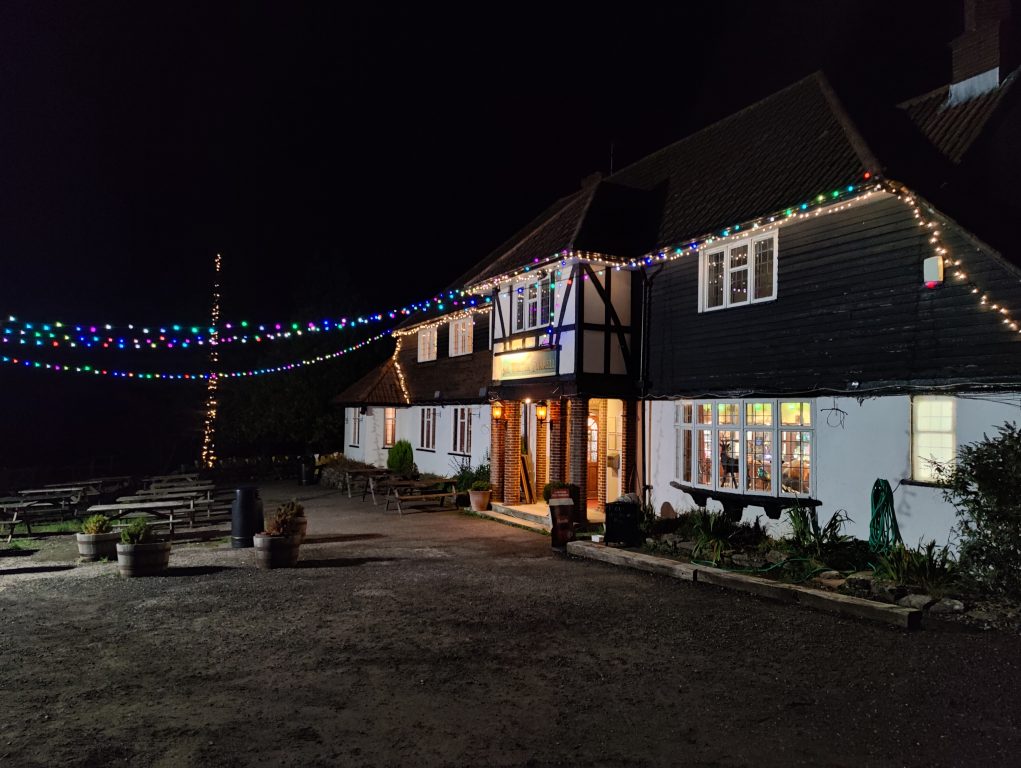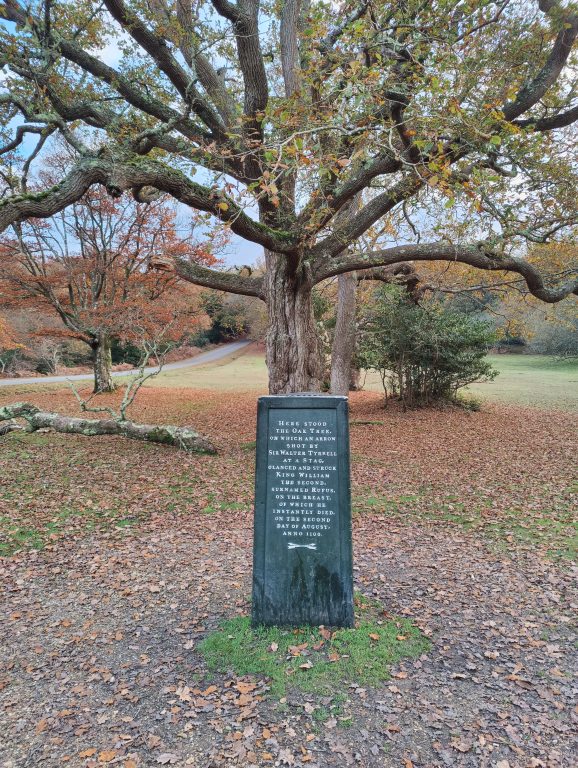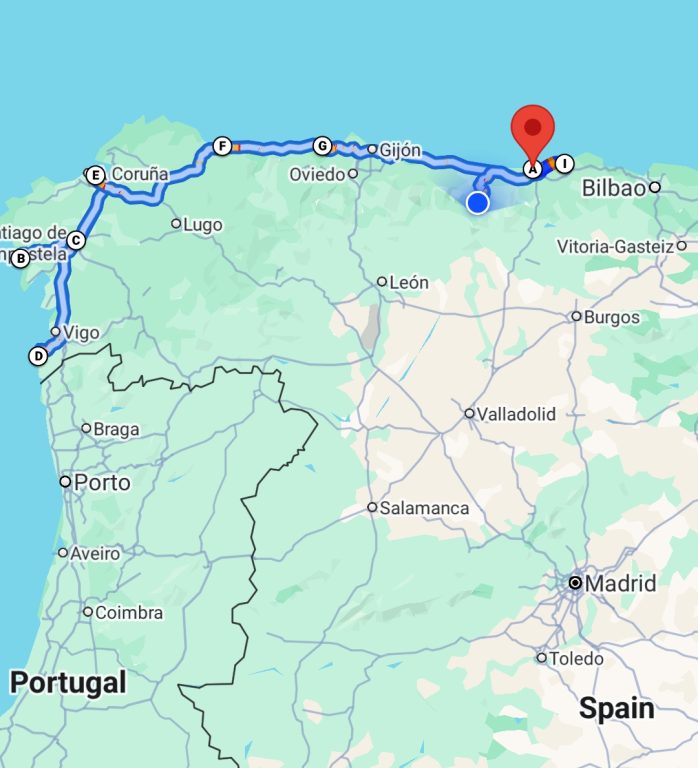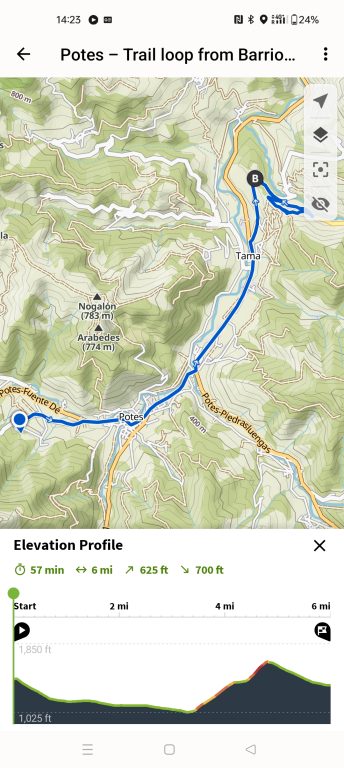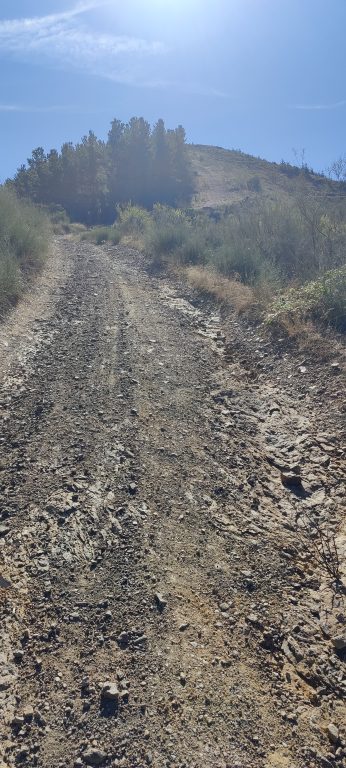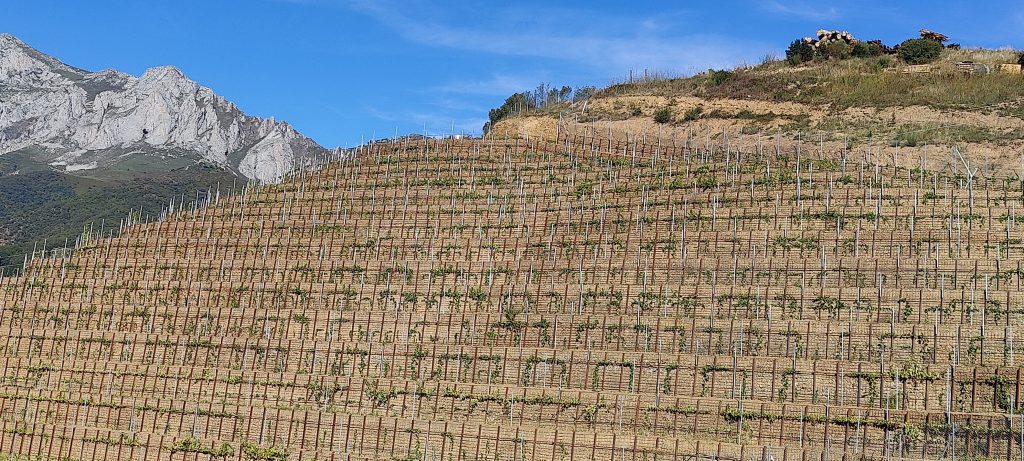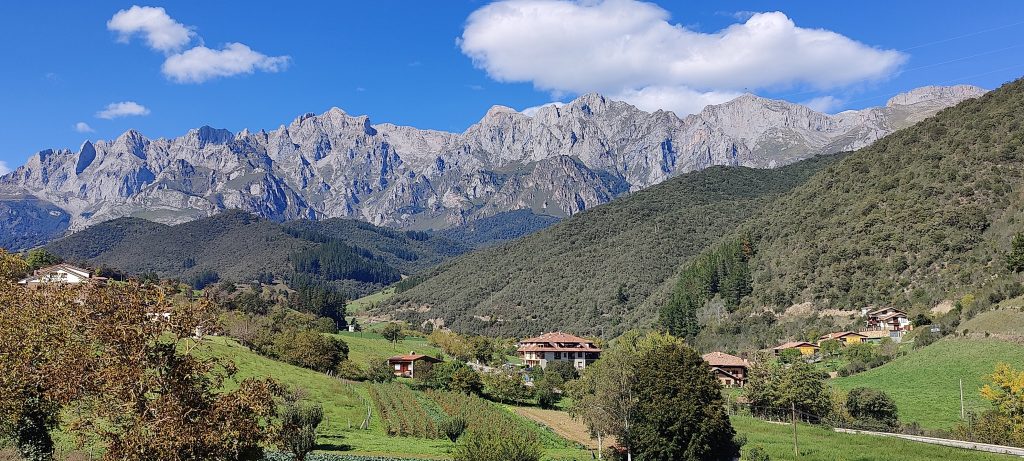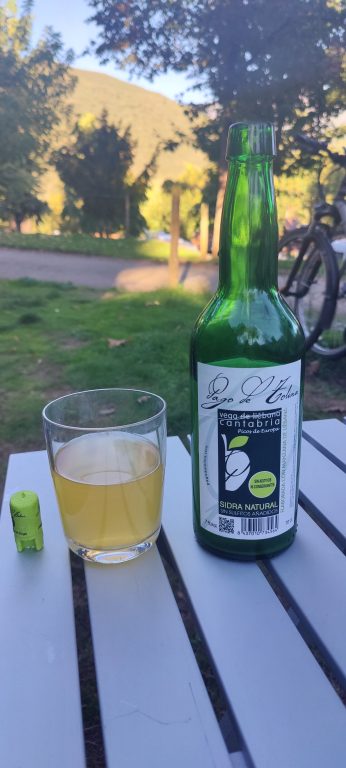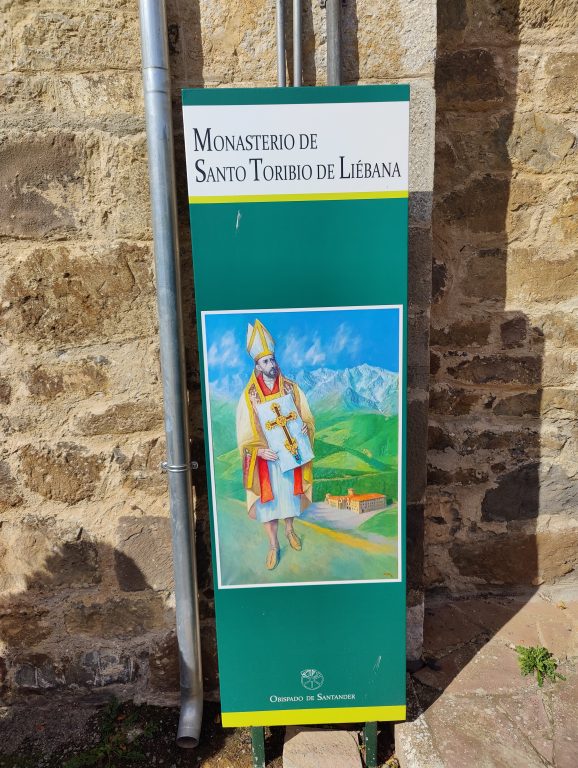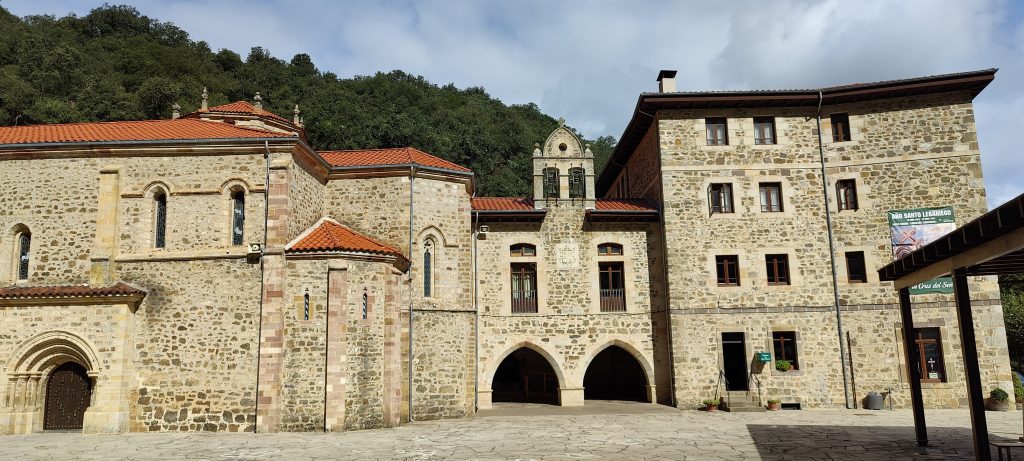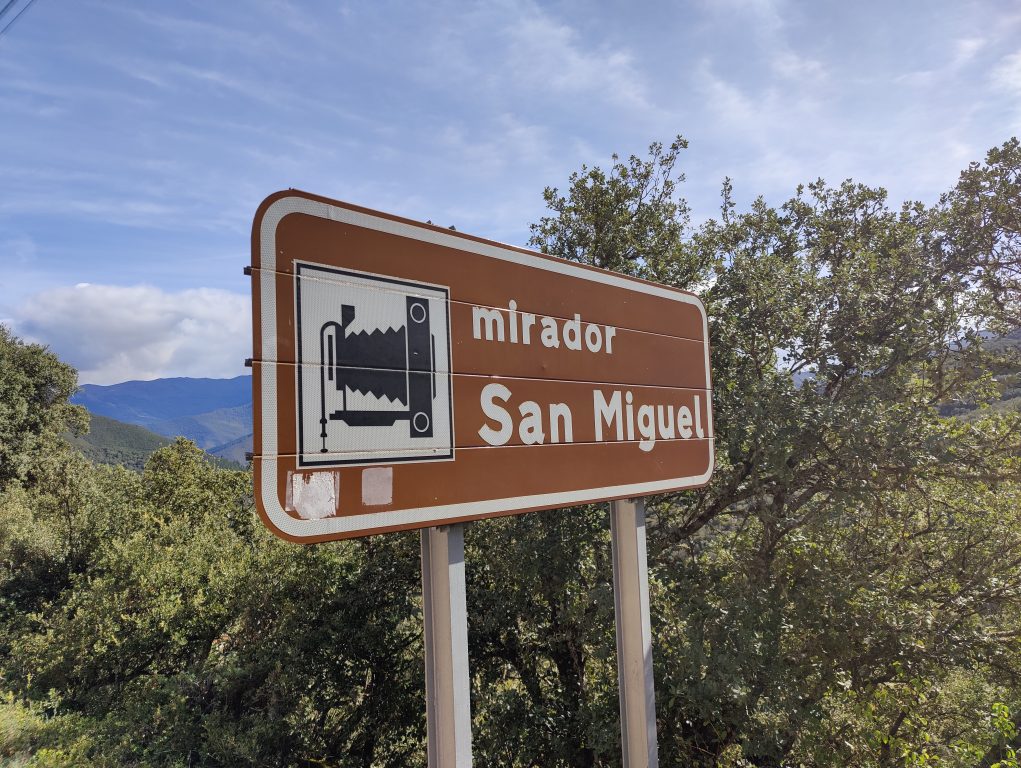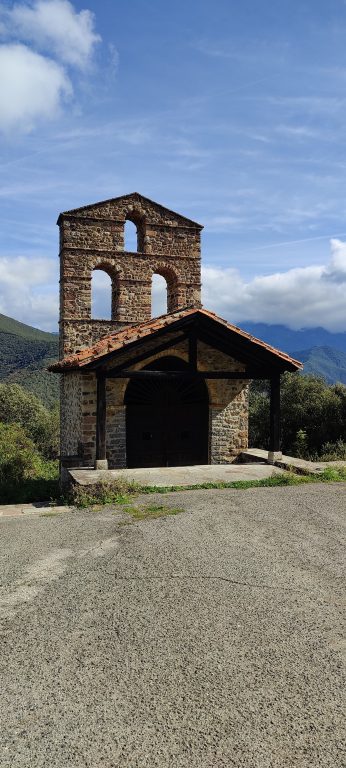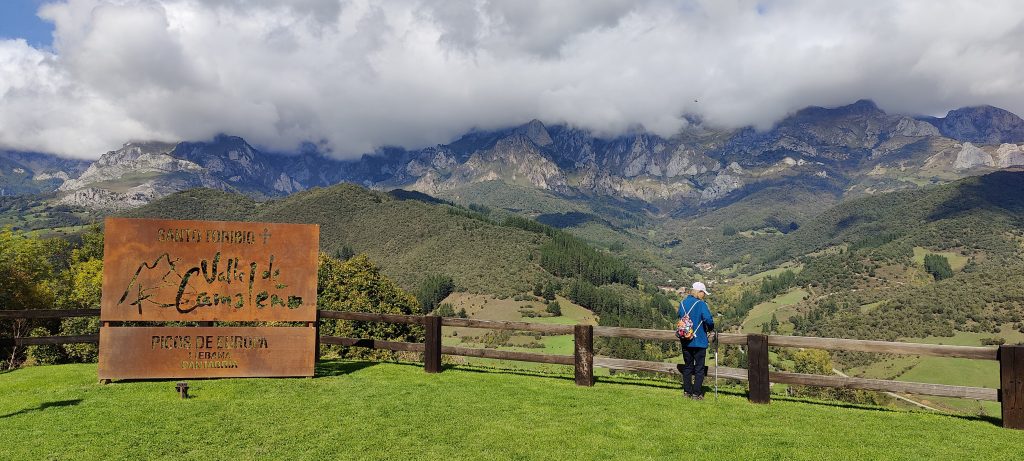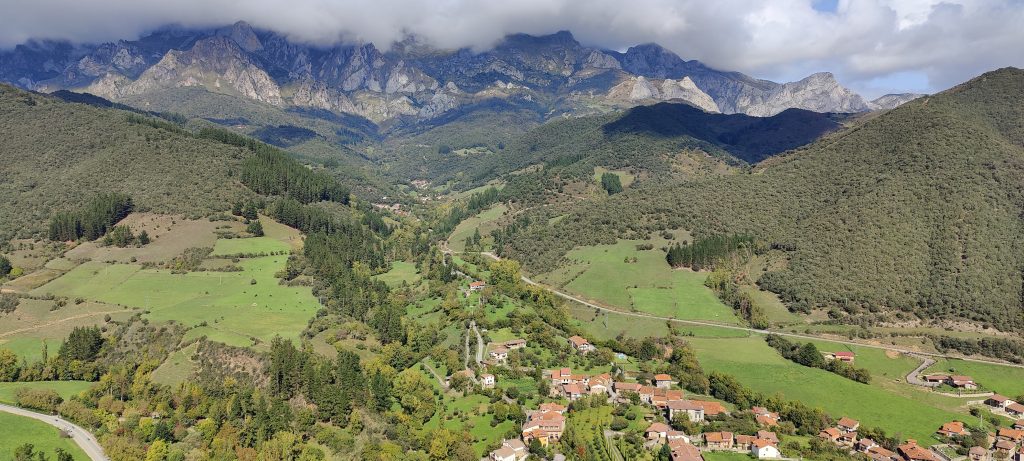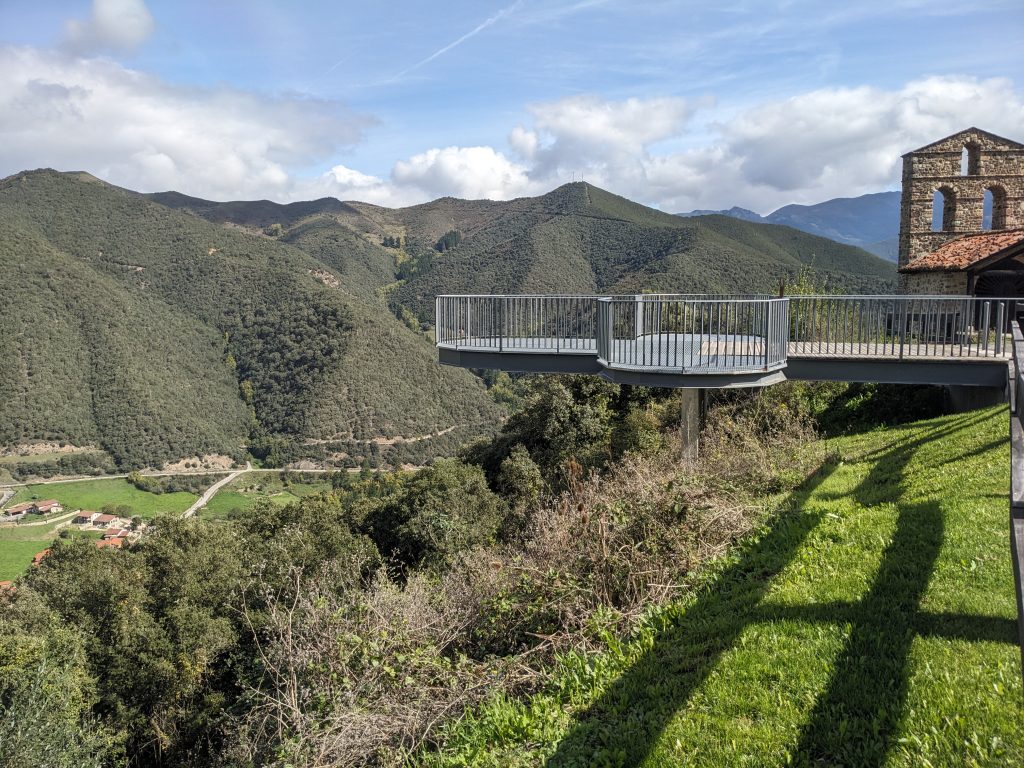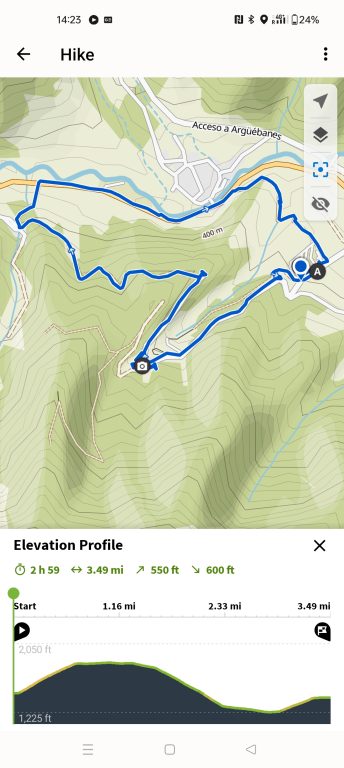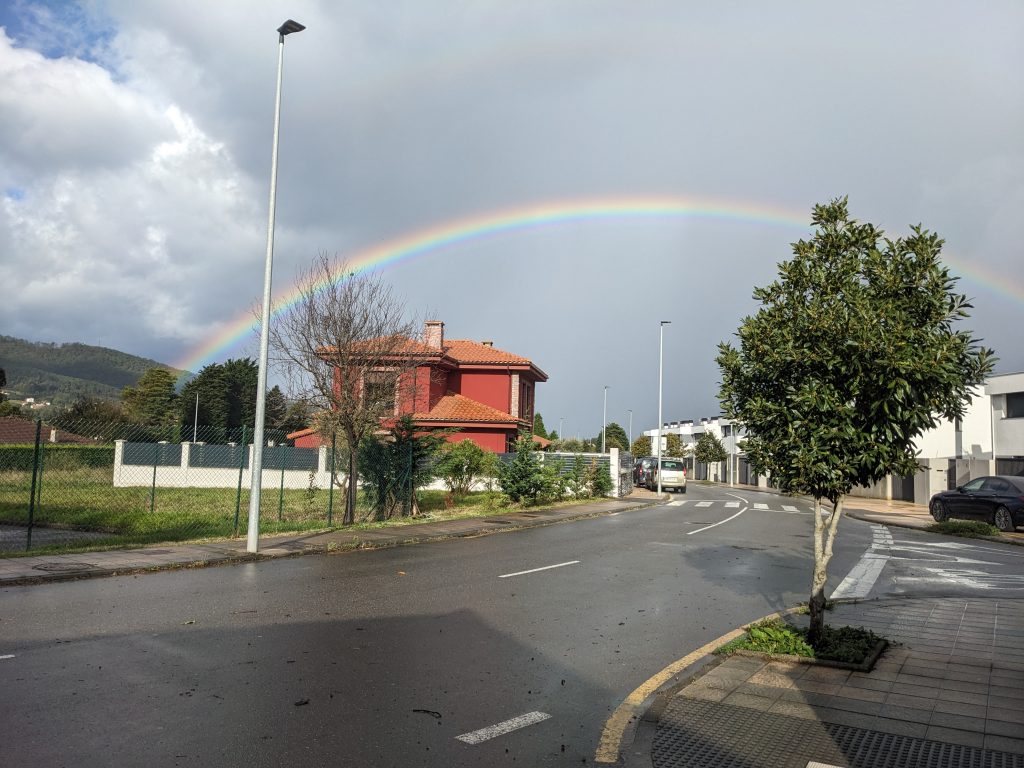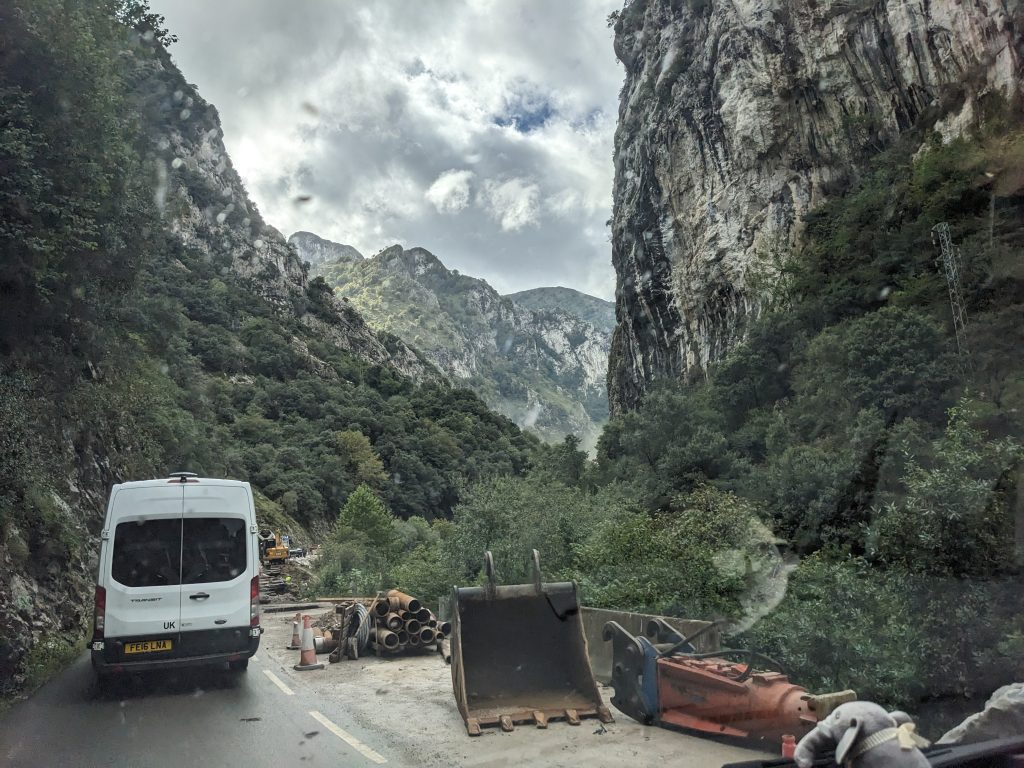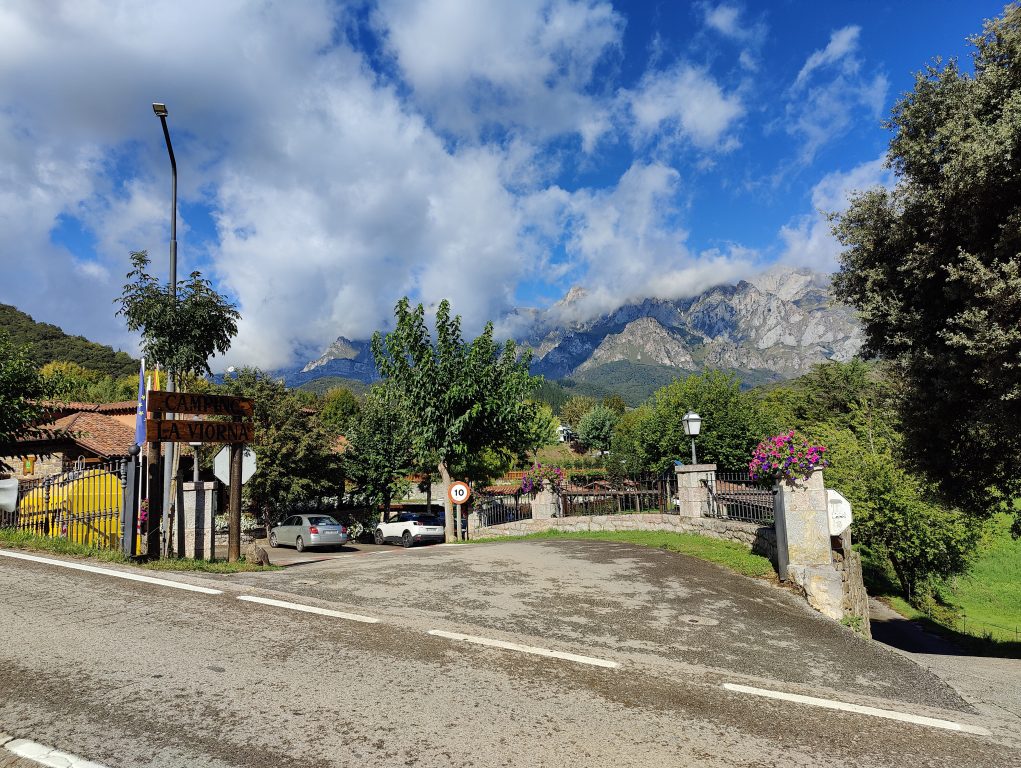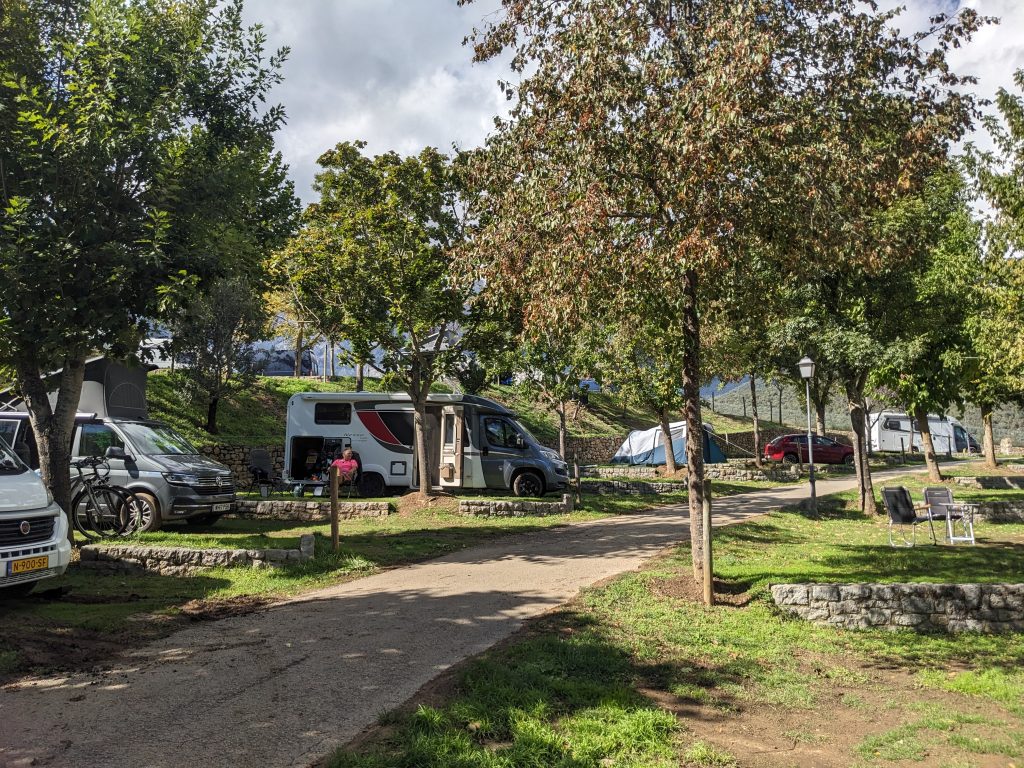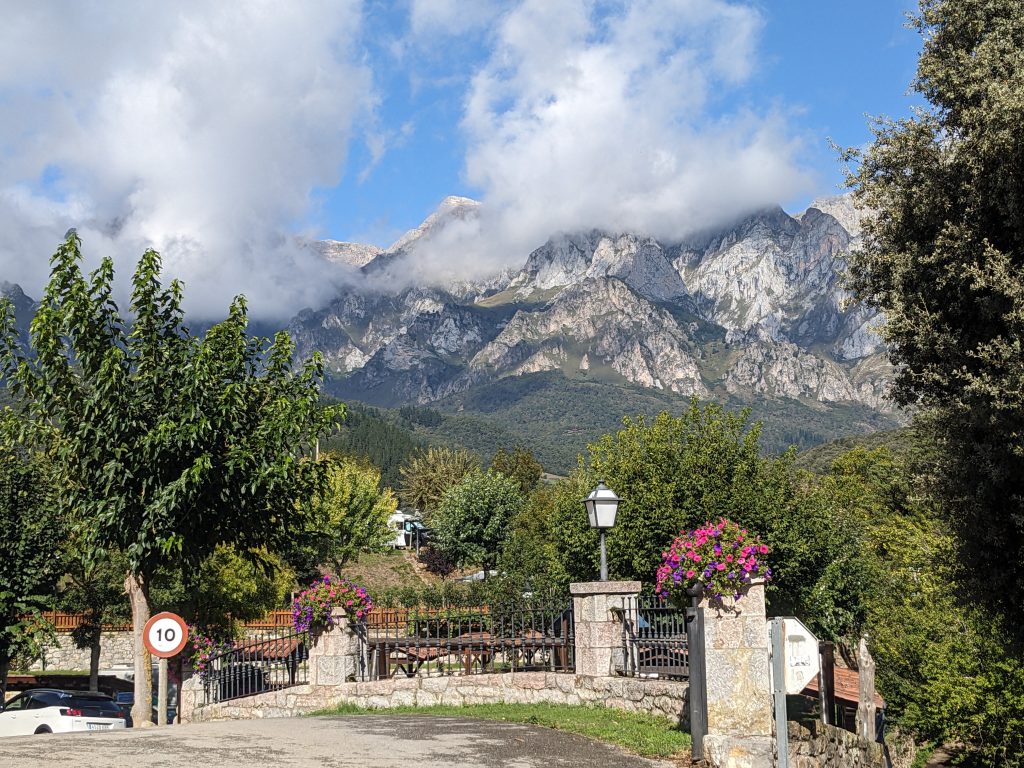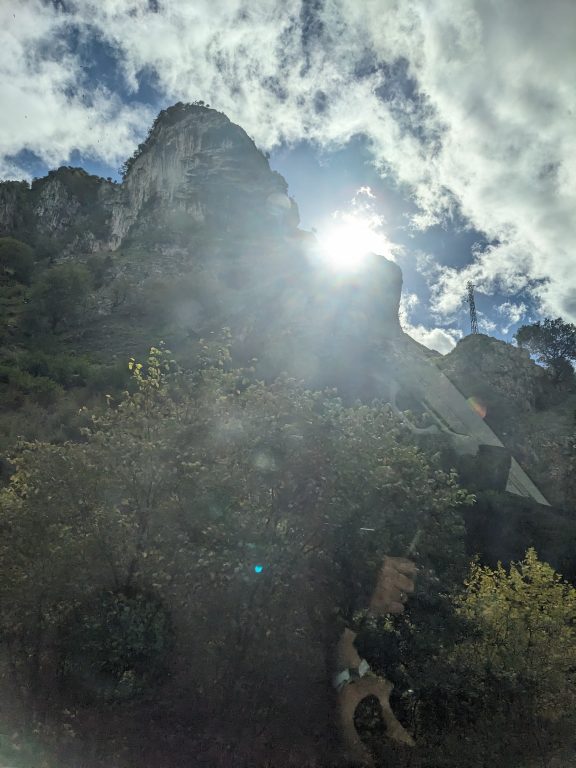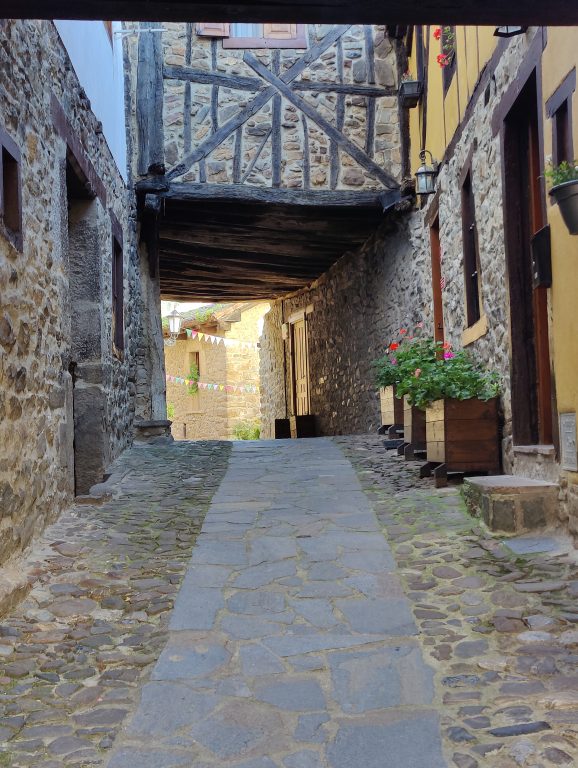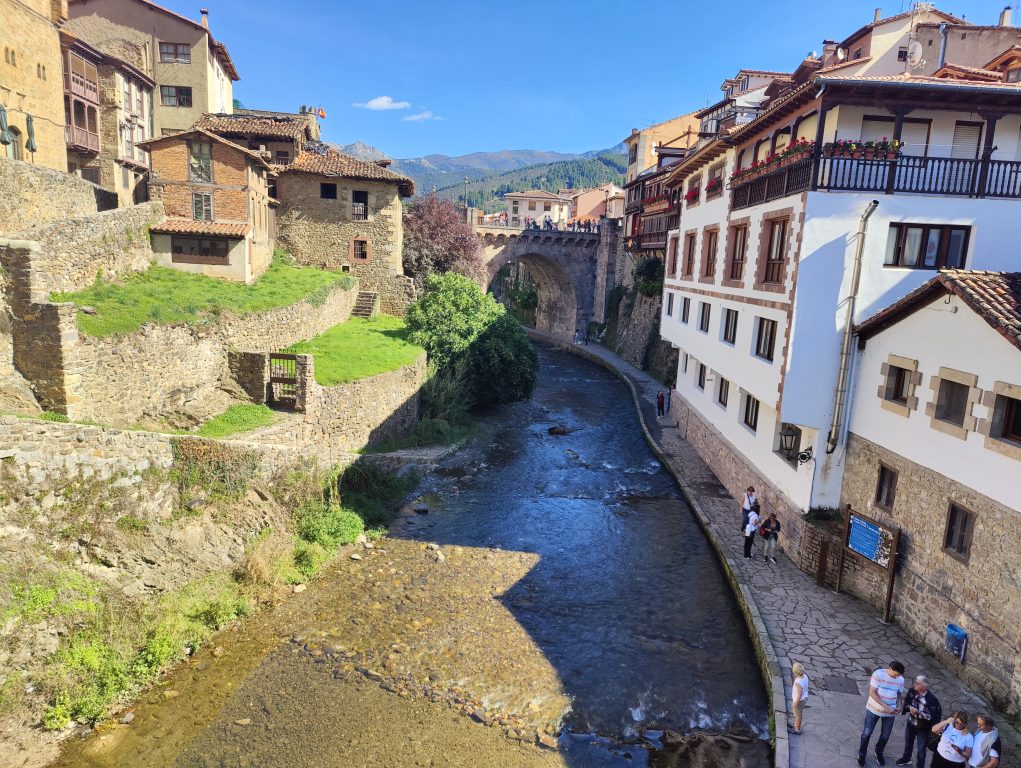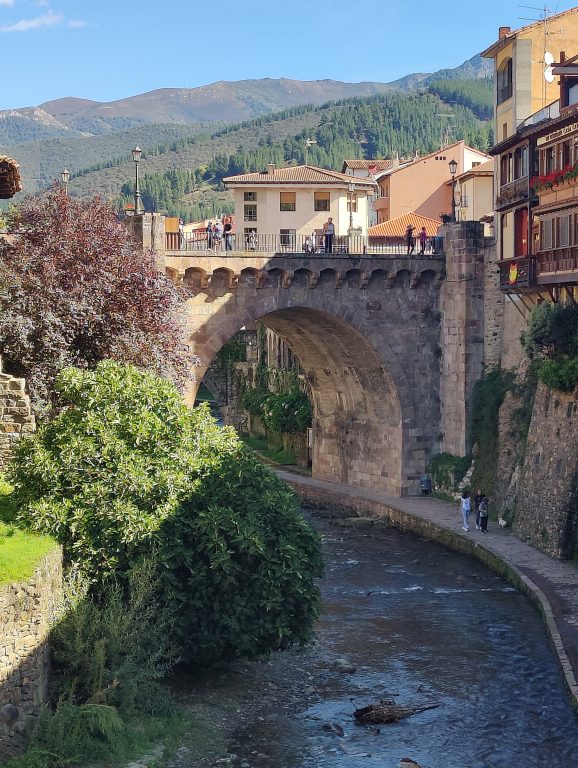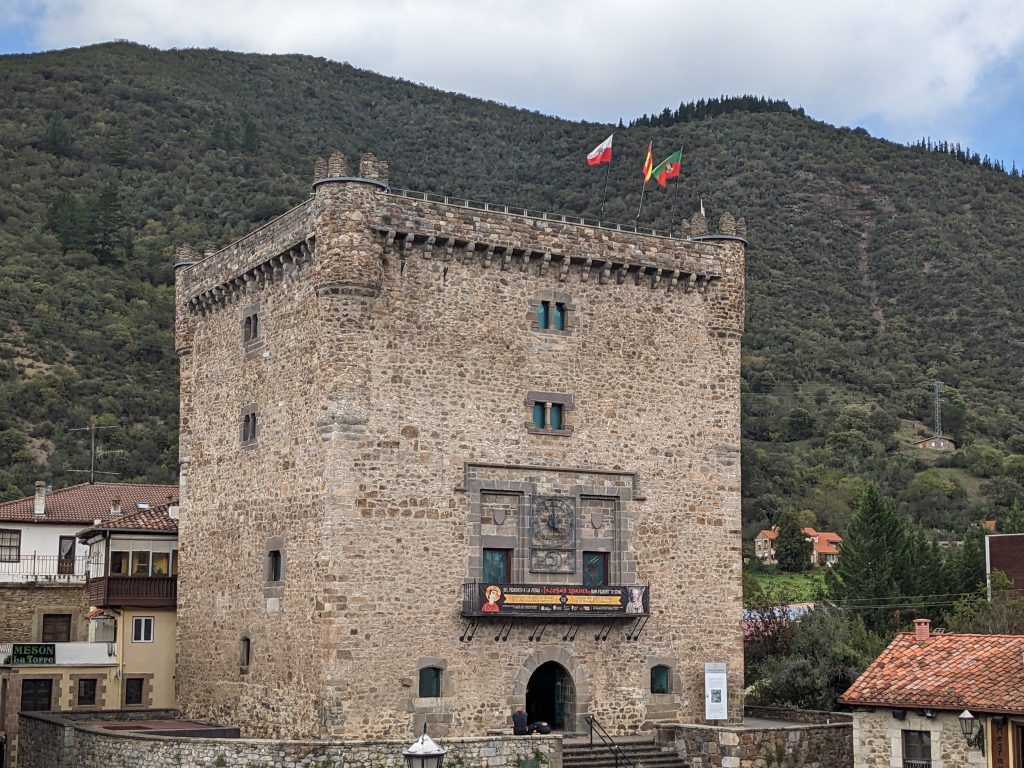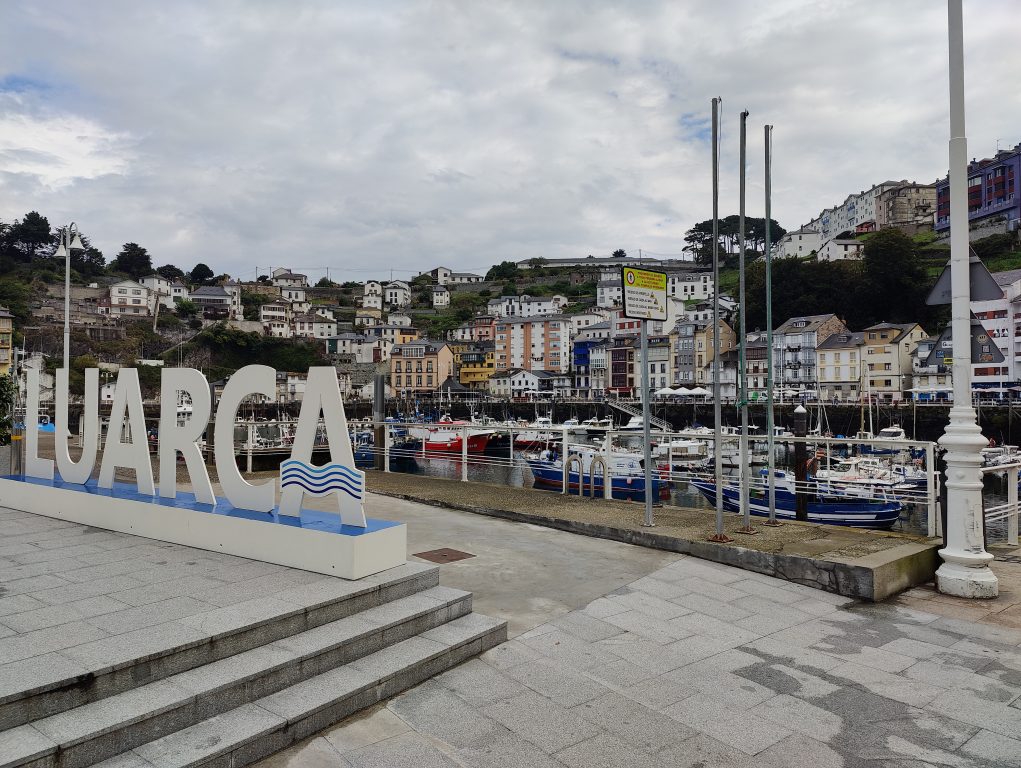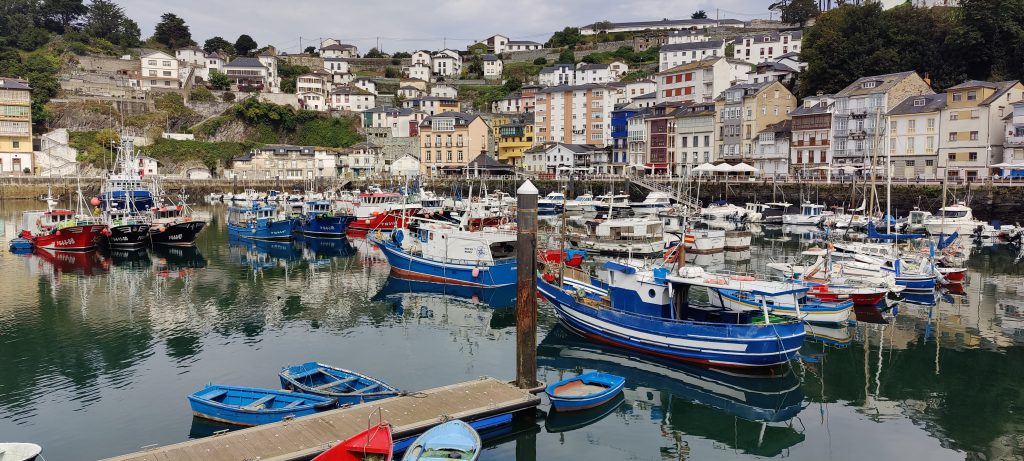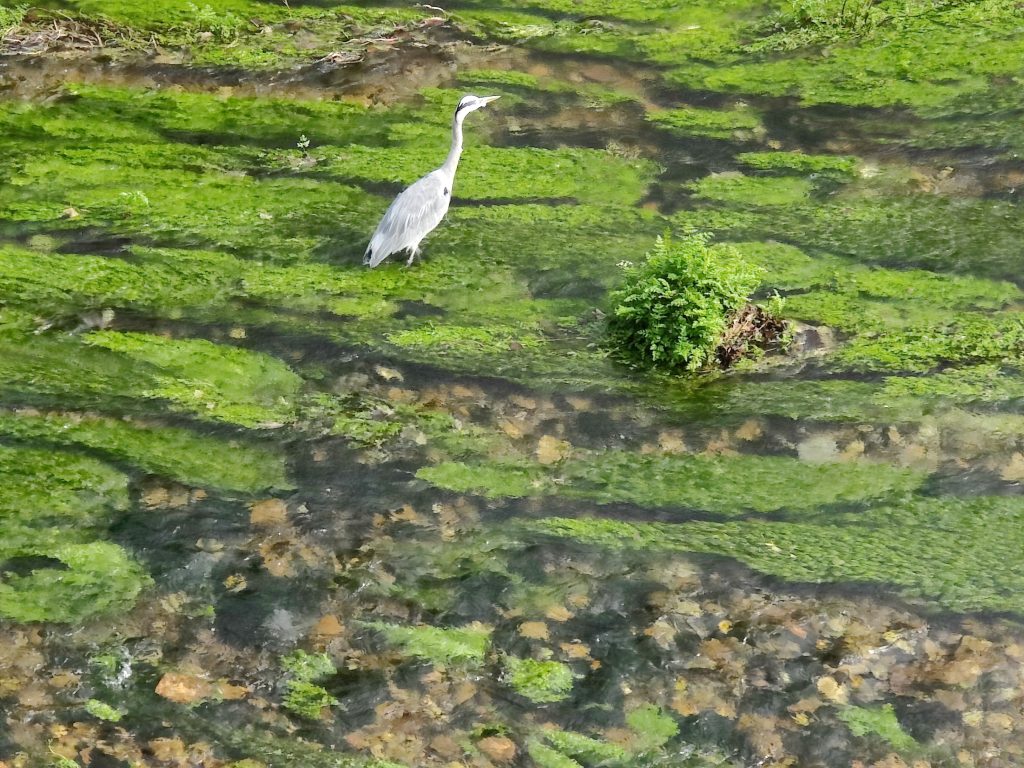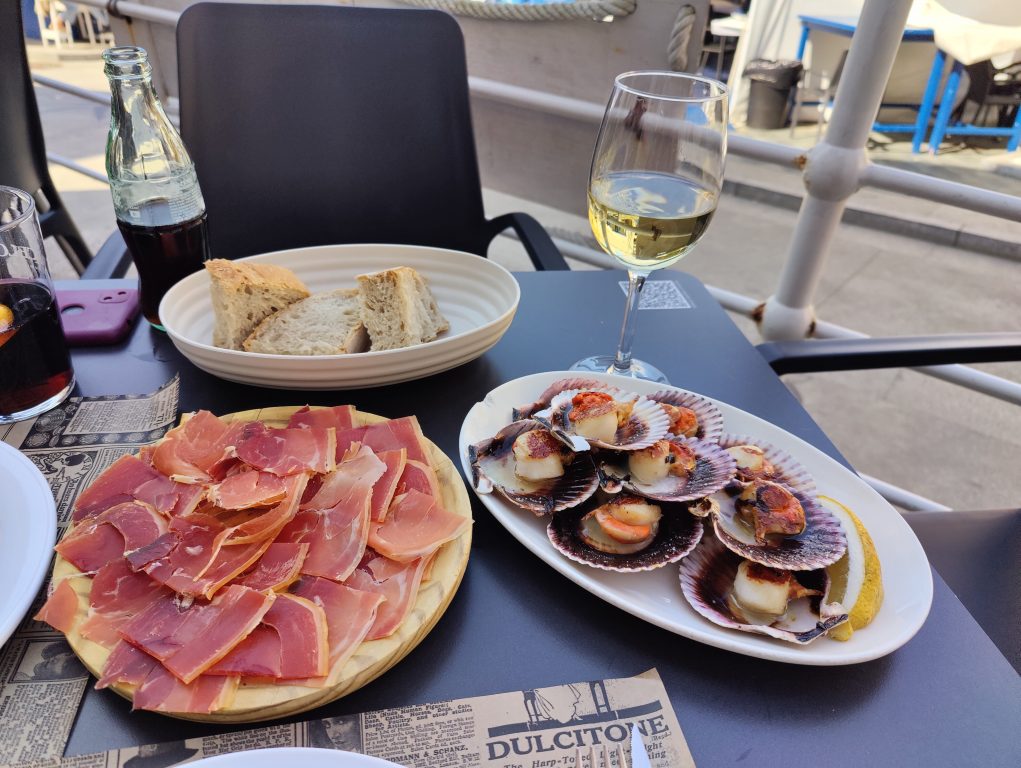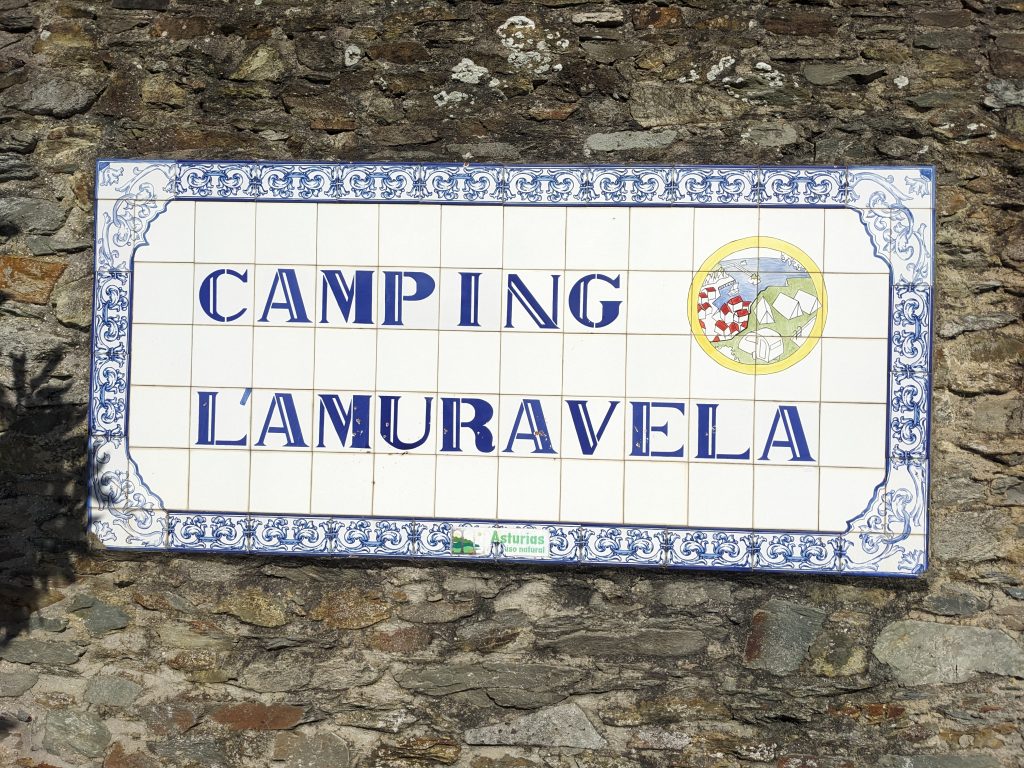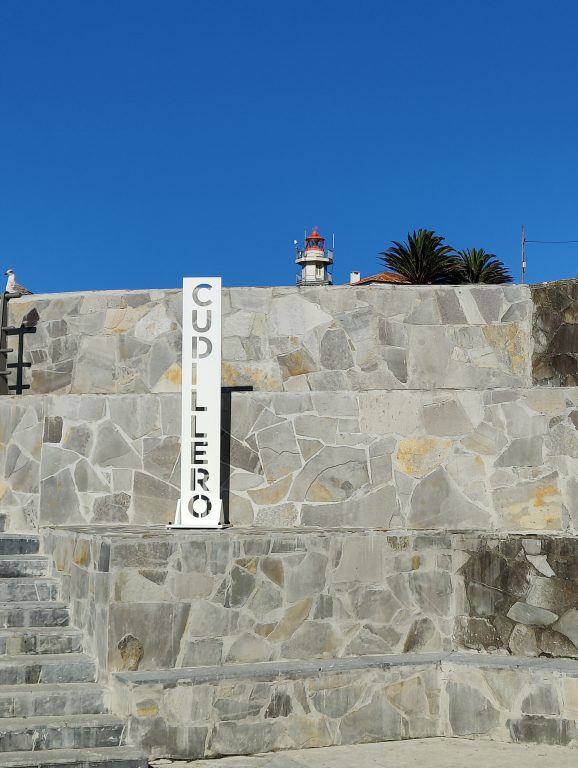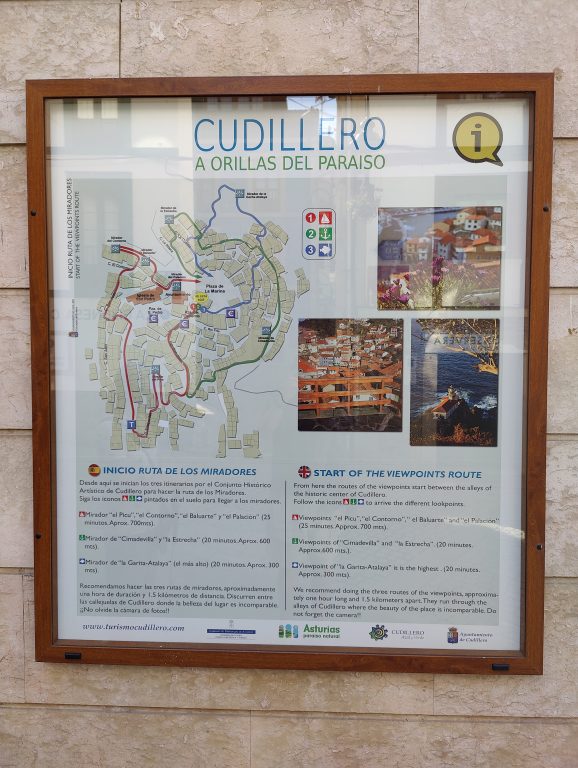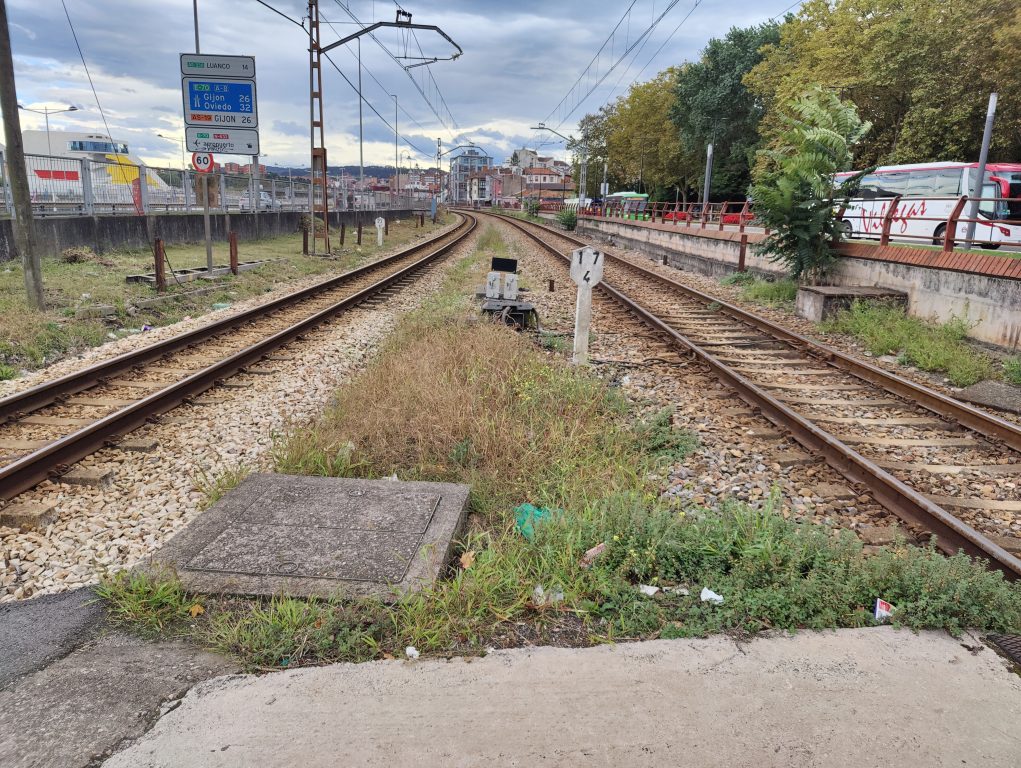We have just passed the end of our first Week at Conil de La Frontera. Today it is raining heavily and there’s plenty of time to catch up on our blog for the last few days.
The weather has been very calm prior to today with plenty of sun and no wind. Cool days warmed by the sun’s rays but night-time temperatures have been dropping to low single digit Celsius.
The end of the week was marked by the festival of San Sebastian. The Romeria de San Sebastian festival takes place on the closest Sunday to 20th January and in the case of 2025, specifically the 19th. The event honours San Sebastian, patron saint of cattle ranchers, and features the participation of dozens of horse riders and floats along with what seems to be the entire population of Conil de La Frontera.
It takes 2 – 3 hours for the procession to meander the few kilometers to the woods of El Colorado. Here the party atmosphere, which started much earlier in the day, continues un-abated until long after darkness has descended.
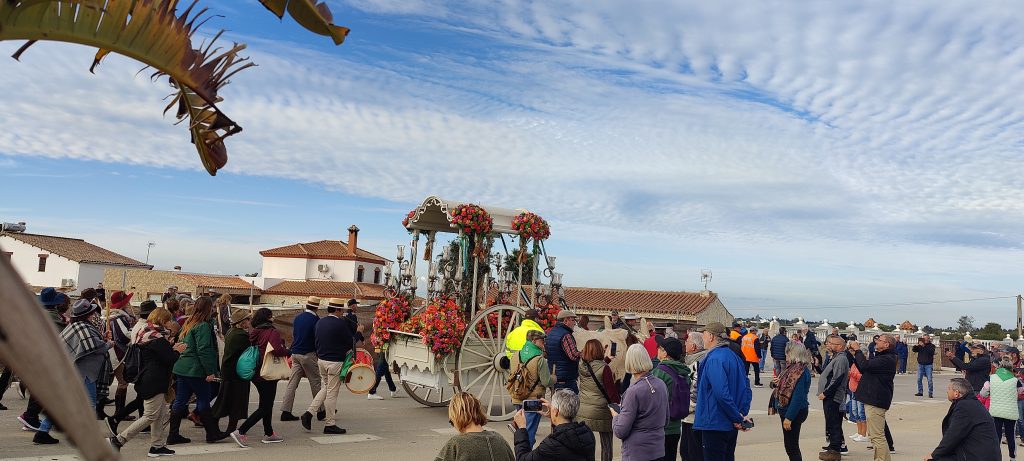
There are many ingenious ways families carry sustenance for the day ahead.
This family found a novel way to carry their box of wine or sherry…
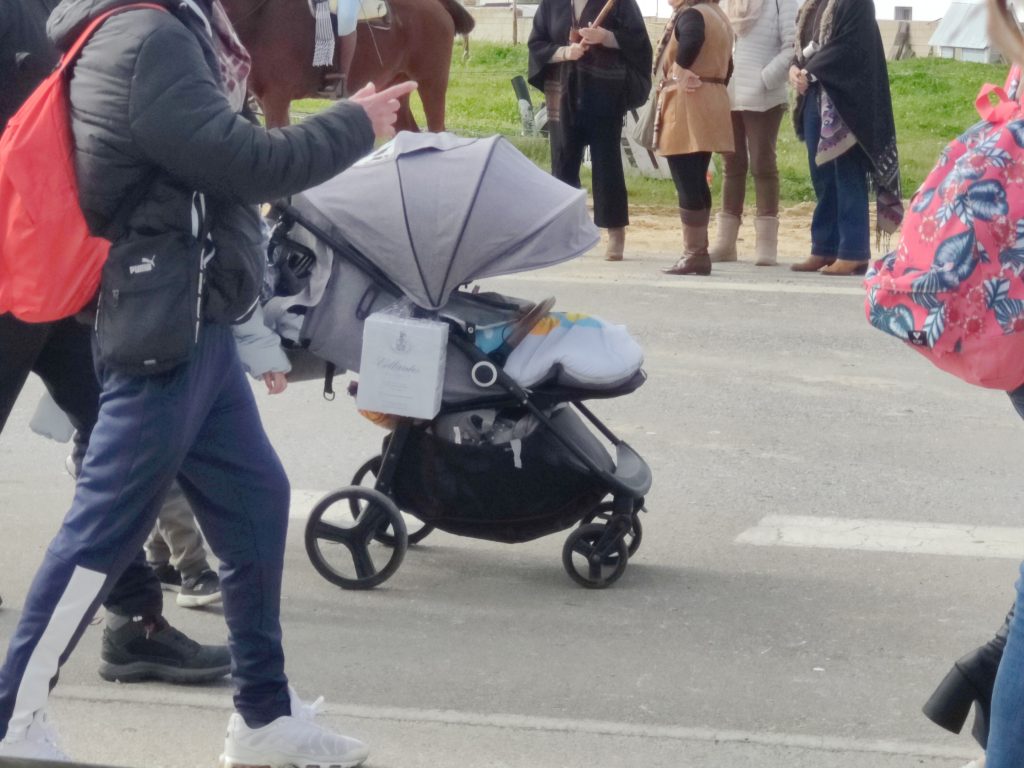
In the middle of the afternoon we headed out on our bikes for a loop around the urbanisation, Roche. We attempted to pass along the “fiesta” road through El Colorado but this proved impossible due to the crowds of revellers.
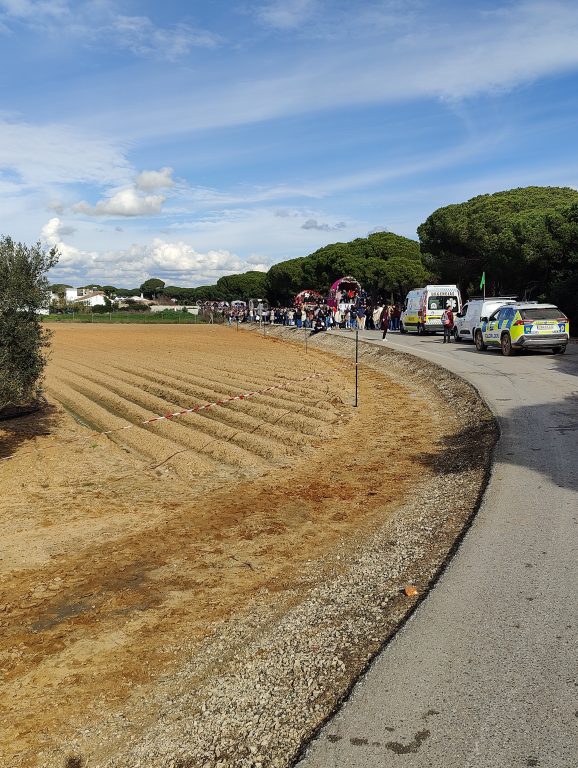
Finally, around 9pm the remnants of the procession made their un-steady way back to Conil for late-night Mass.
Whilst the Romeria de San Sebastian was the highlight of our first week here in Spain 2025, Friday night was the first “community” meal. A three course set menu with Flamenco dancing.
New for this year was the after-dinner brandy selection. No Veterano was available but whatever brandy was served up, it was an extremely generous and satisfying offering for a couple of Euros. Served in a substantial glass, whose shape was a fusion of square and round.
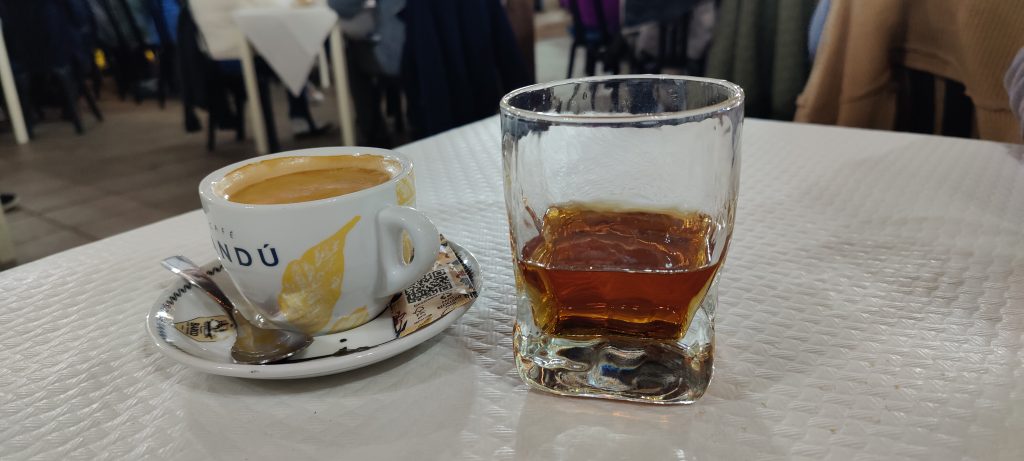
The cycle ride below is a circular route from the Rosaleda campsite and is predominantly off-road and most of the off-road section is a dedicated cycle path. It’s around 18km and the route Moe and I cycled on the afternoon of the Fiesta. I also did a similar route earlier in the week.
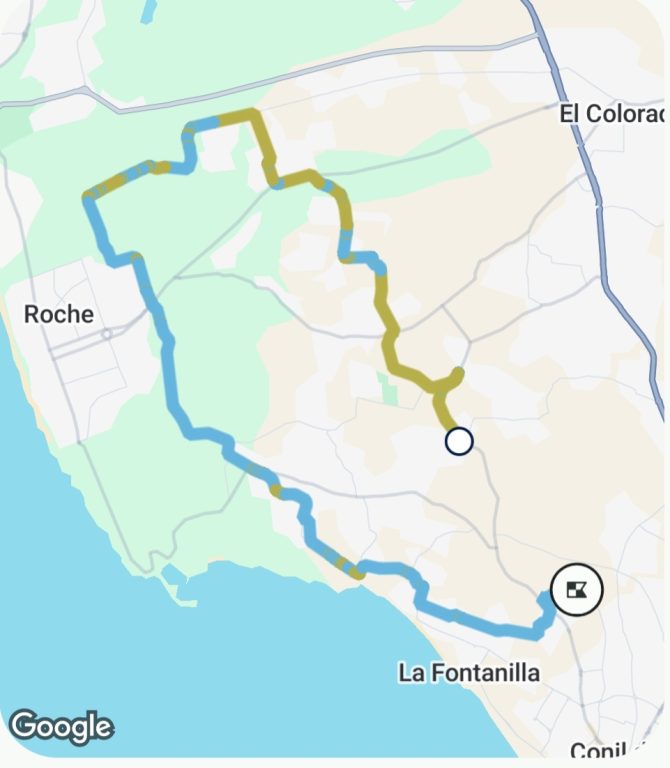
Sunday also saw the arrival of our friends Jennifer and Richard at the camping ground.
